Introduction
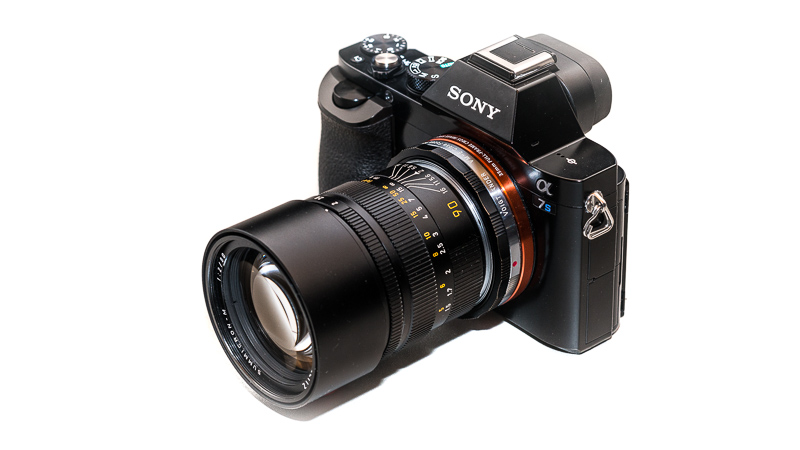
The Leica Summicron-M 90mm 2.0 has been Leica’s top of the line M-mount portrait lens from 1980 to 1998. It is also one of the first lenses I reviewed for this blog, but I had to sell it to fund the Zeiss Loxia 85mm 2.4 back in the day. Yet, I somehow missed this Leica’s high contrast look and nice bokeh, so I decided to give it another chance.
Lens is being tested on 42mp Sony A7rII and 24mp Leica M10
Sample Images

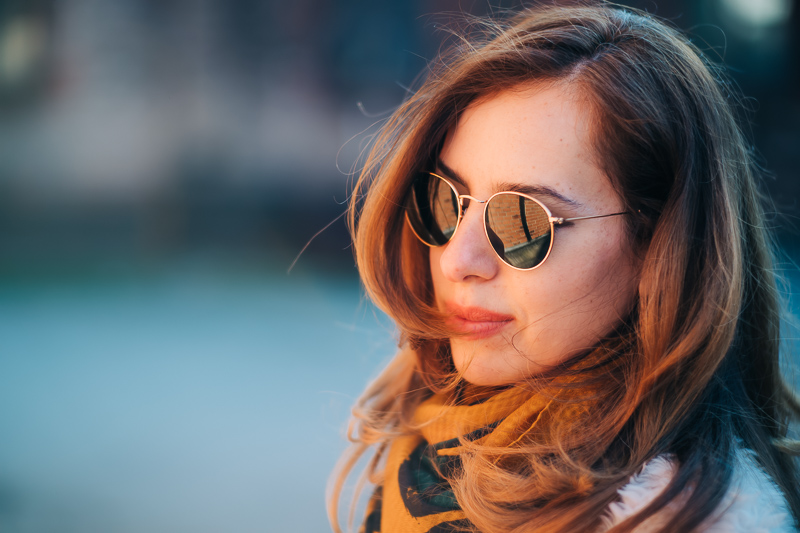


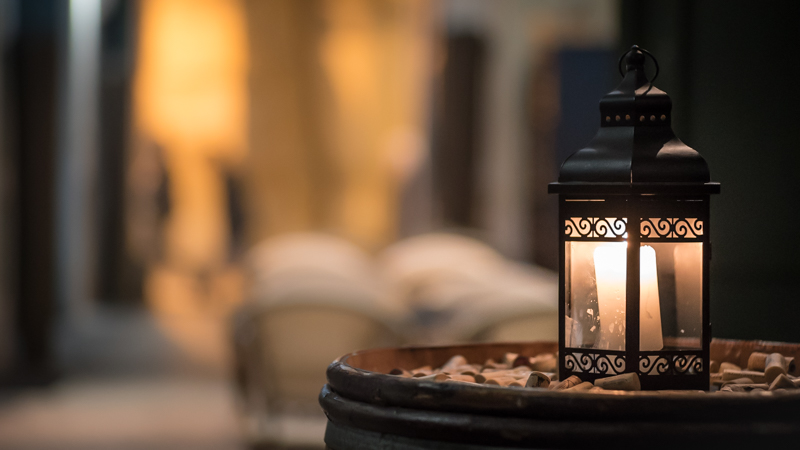

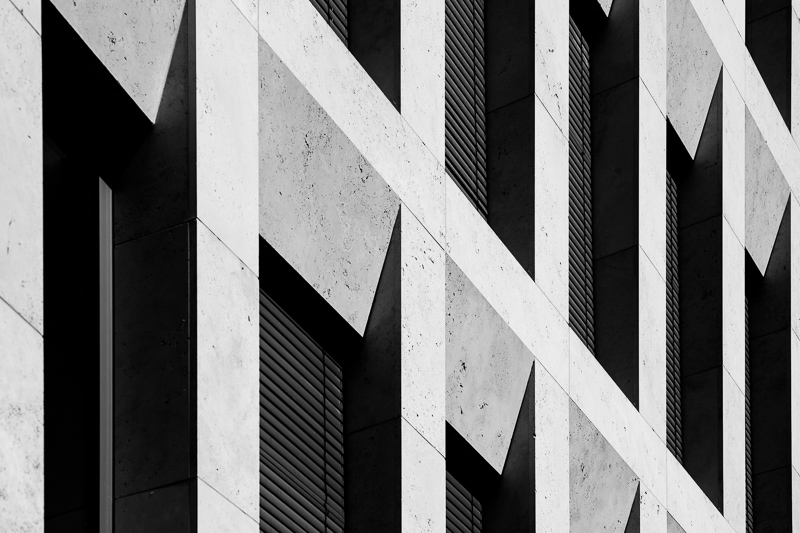
Contents
Specifications / Version History
There are roughly three different versions with Leica M-Mount that have been produced in meaningful quantities:
- Summicron-M (II) 9 cm 2.0
- Summicron-M (III) 90 mm 2.0 (often referred to as “pre-Asph”)
This one came as E49 version where the retractable lens hood covers the aperture ring and a more common E55 version - Summicron-M APO Asph 90 mm 2.0
Alongside these three there are also 90mm 2.0 lenses with Leica R-Mount on the market which are usually cheaper, but not nearly as compact (especially when taking into account the necessary adapters).
I am reviewing the “pre-Asph” E55 version here which has the following specifications:
-
- Diameter: 63.5 mm
- Field of view: 27° (diagonally)
- Length: 77.0 mm
- Weight: 484g + adapter
- Filter Diameter: 55 mm
- Number of Aperture Blades: 11 (inwardly curved)
- Elements/Groups: 5/4
- Close Focusing Distance: 1.0 m (with Helicoid 0.73 m)
- Maximum Magnification: 1:9.2 (with Helicoid 1:6.3)
- Mount: Leica-M
This pre-Asph version usually starts selling for $800 at ebay.com (affiliate link). In Germany buying one in A-condition will set you back at least 650€. I got mine at ebay.de (affiliate link).
Handling / Build Quality
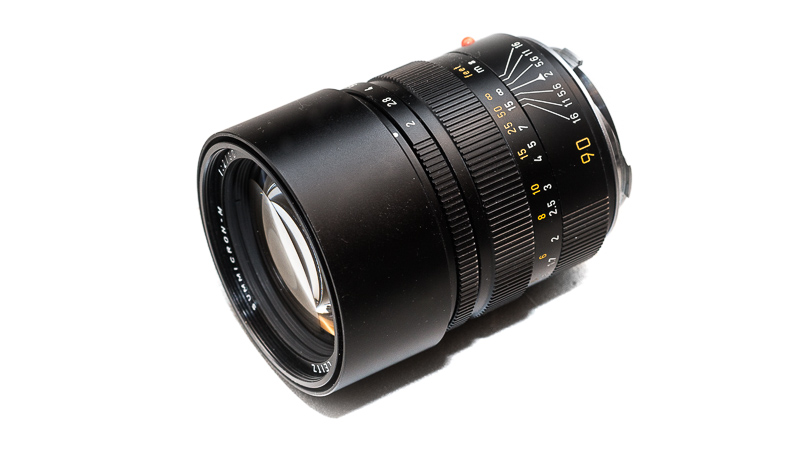
This is a Leica lens, so you probably expect perfect build quality with very tight tolerances as well as superb handling, and this is mostly what you get.
The focus ring has just the right resistance (and it takes ~225° from infinity to 1.0 m), the aperture ring has half-stop click-stops but could be slightly tighter.
The integrated hood is retractable and does not wobble in any position. These integrated hoods are great and it is a shame you only encounter them so rarely.
Apart from the glass inside and the red dot on the outside the lens features an all metal construction, all the markings are printed and engraved.
Vignetting
light falloff
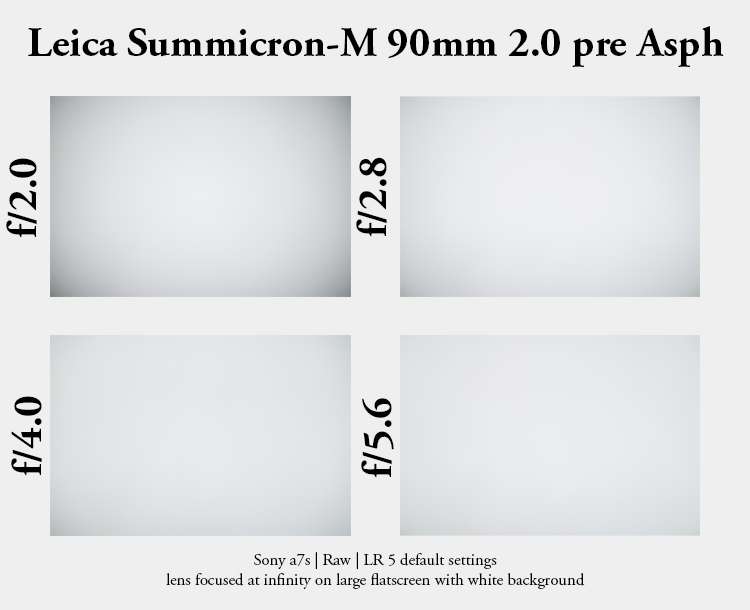
Wide open vignetting in the corners is 2.2 EV and it improves to 1.2 EV at f/2.8. Stopped down to f/5.6 roughly 0.7 EV remain. These values are about average for a lens with such parameters.
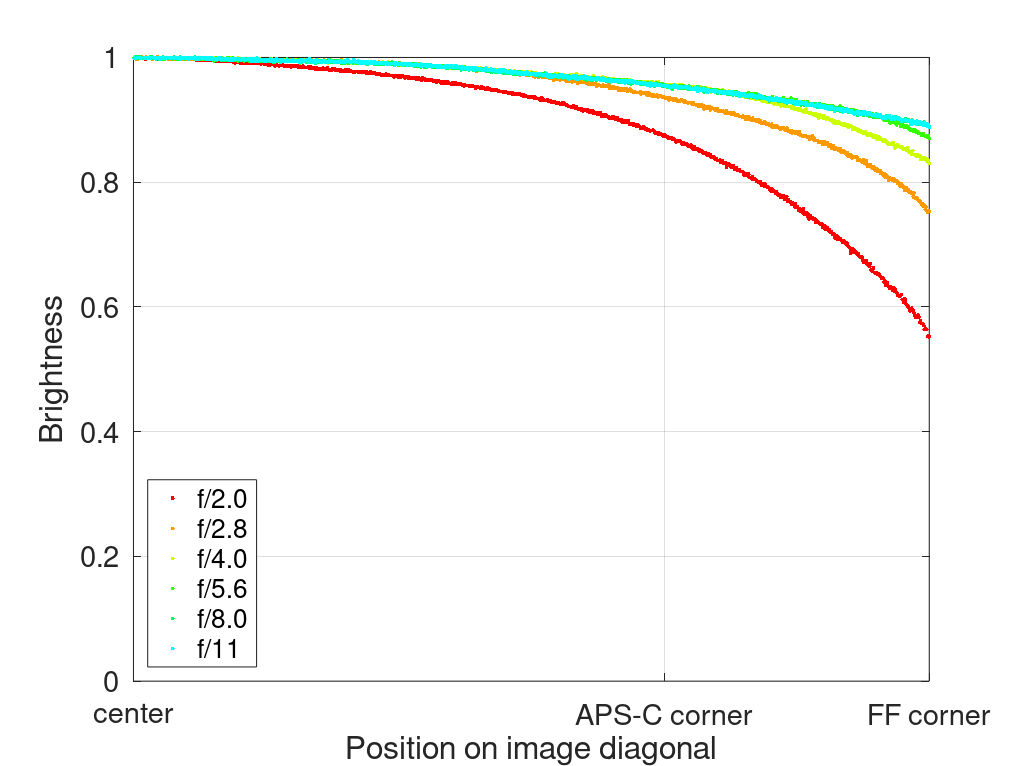
It is recommended to have a look at this article first to get an idea how this brightness graph works.
optical vignetting
Very fast yet compact lenses usually show a significant amount of optical vignetting. Without going too much into technical details optical vignetting leads to the truncation of light circles towards the borders of the frame.
In the center of the frame almost every lens will render a perfect circle, but only lenses with very low optical vignetting will keep this shape in the corners.
So in the following comparison we move from the center (left) to the extreme corner (right) and see how the shape of the light circle changes.
Considering its size the Leica Summicron 90mm 2.0 is doing a decent job here. I compared it to the Zeiss Loxia 85mm 2.4 which is similar sized and slower yet shows more severe optical vignetting in the corners.
Even slightly stopped down the shape of the out of focus point light sources is rather unnatural thanks to the inwardly curved aperture blades.
I did shoot both lenses side by side, focus distance was 1.0 m.
Those vertical lines are a sign I need to clean my lens cabinet’s glass door and not the lenses’ fault.
Sharpness
infinity (42mp Sony A7rII)
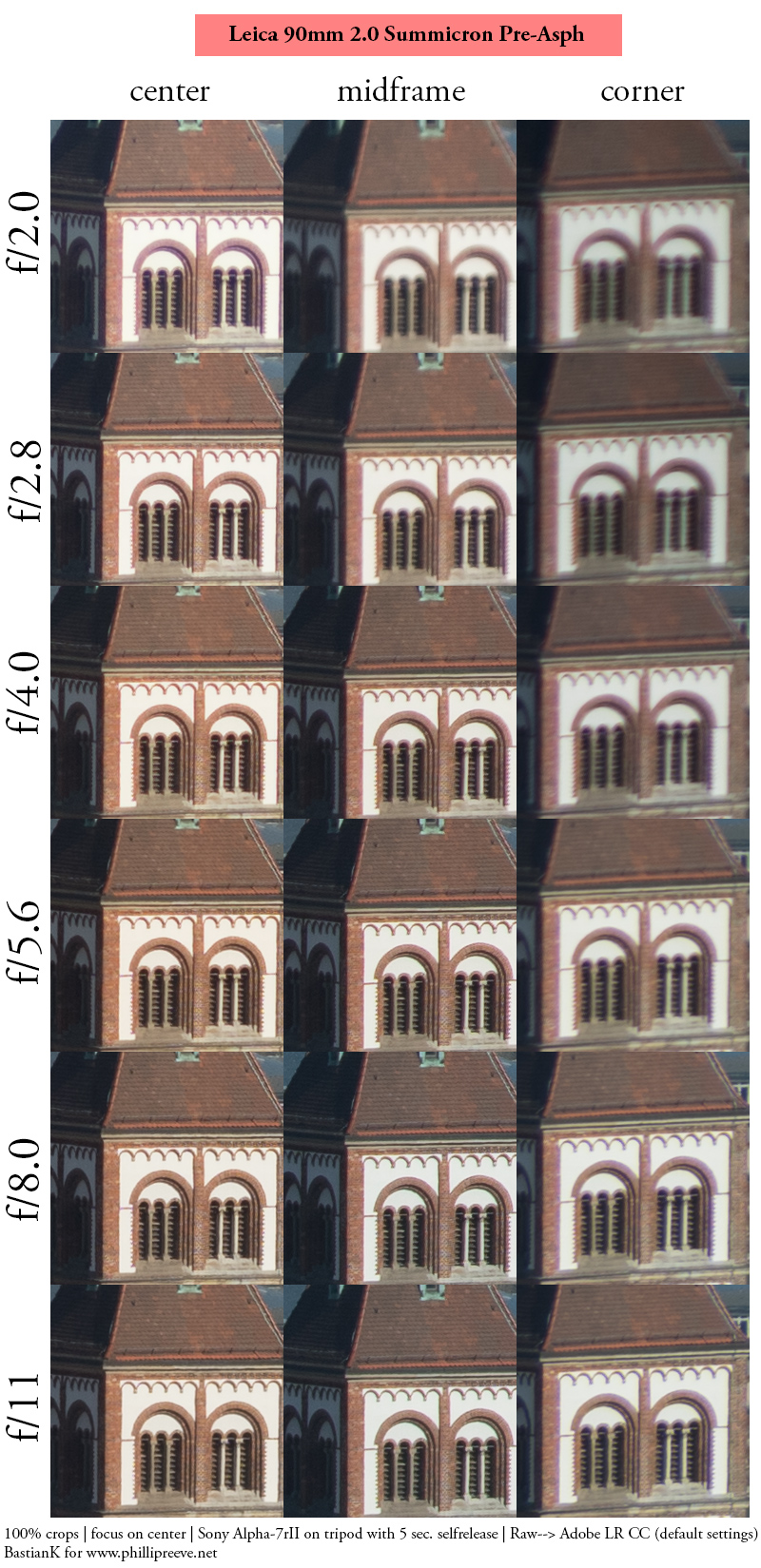
At maximum aperture the lens is slightly soft at the maximum aperture – even in the center – but catches up already at f/2.8.
There is a noticeable midzone dip (also visible in the lens’ MTF charts) and it takes f/4.0 to f/5.6 for the midframe to show similar resolution and contrast to the center part.
The corners also suffer a bit due to the thick Sony filter stack, it really takes stopping down to f/11 to get really good across frame performance.
If great infinity performance at wider apertures is important to you the Zeiss Loxia 85mm 2.4 is probably the lens you shoud have a closer look at.
Let us see what changes when using this lens on the Leica M10 with its thinner filter stack.
infinity (24mp Leica M10)
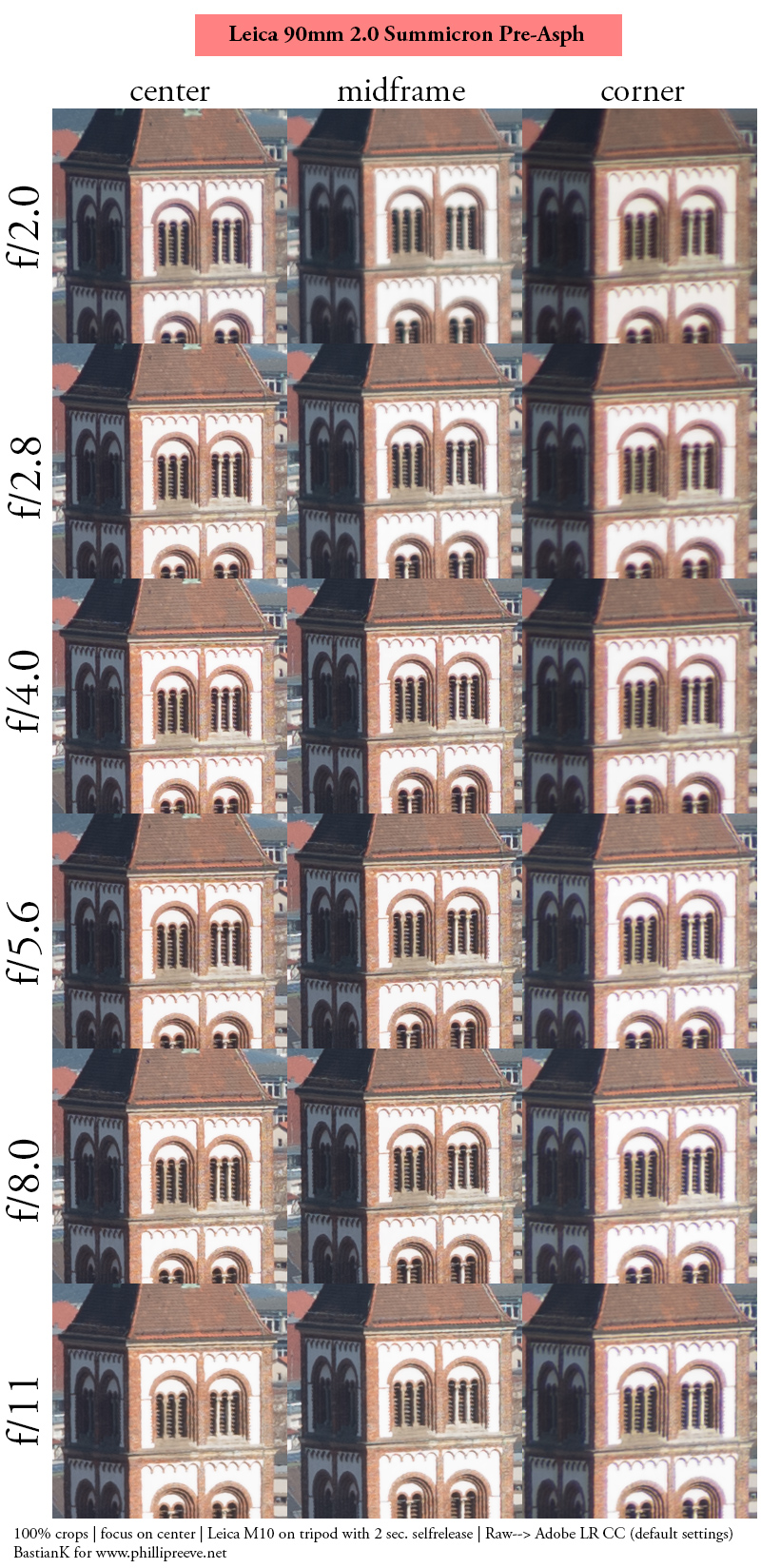
On the Leica M10 with its thinner sensor stack midframe and corners show about a one to two stops improvement compared to using it on a Sony camera.
The midframe starts to look really nice at f/4.0 and I wouldn’t mind to use the lens at f/5.6 for infinity shooting where I care about very good across frame performance.
portrait distance (2.3 m)
For portraiture it isn’t so important how flat the field is, it is more interesting to see what the sharpness is like when focused at different parts of the frame to take field curvature (and also focus shift) out of the equation.
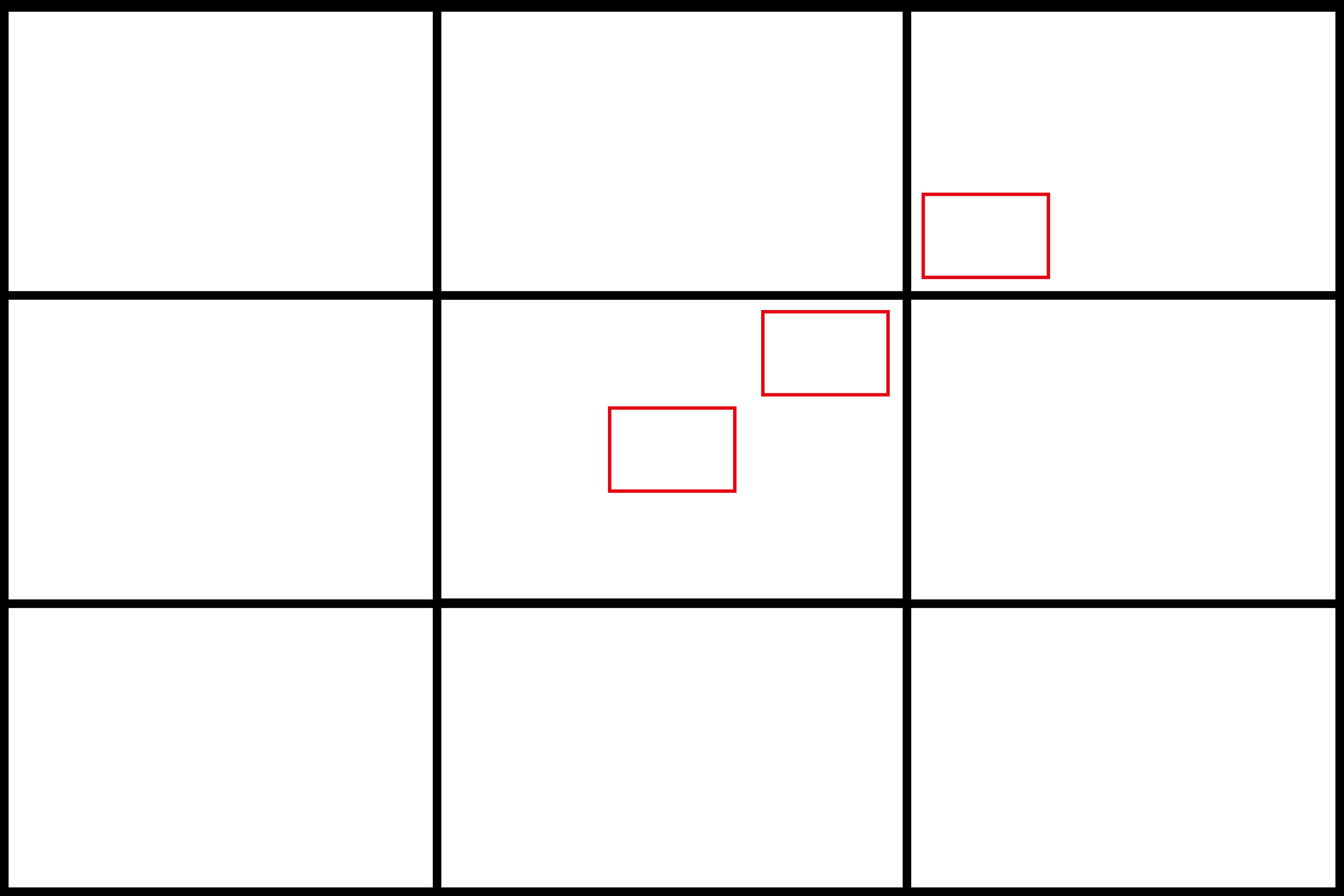
This is what I did here, I refocused for every shot and aperture to get the best possible result at different locations in the frame (center, inner midframe and outer midframe).
Focus distance was roughly 2.3 m and the circle of the dollar bill is more or less the size of a human eye.
Sony A7III <—> Leica M10
100% crops, Sony A7III, Leica M10
Performance in the center and inner midframe is good, whereas we can see a bit of astigmatism in the outer midframe, especially when the lens is used on a Sony camera.
In the center it looks a bit better on the Sony, but this boils down to more precise focus compared to the M10. A solid albeit not great performance.
close (1.0 m, 1:9.2)
Sony A7rII | Leica Summicron 90mm 2.0 pre-Asph | 100% crops from center
The Leica 90mm 2.0 does not incorporate a floating elements design so a softer image with higher spherical aberration at maximum aperture was to be expected. Using a high resolution camera it also seems that the plane of optical contrast and resolution is not the same, which makes focusing a bit more difficult. Naturally the performance is much better stopped down. If you occasionally want to use the lens at closer distances a good diopter like e.g. the Leica Elpro4 will give better results.
Flare resistance
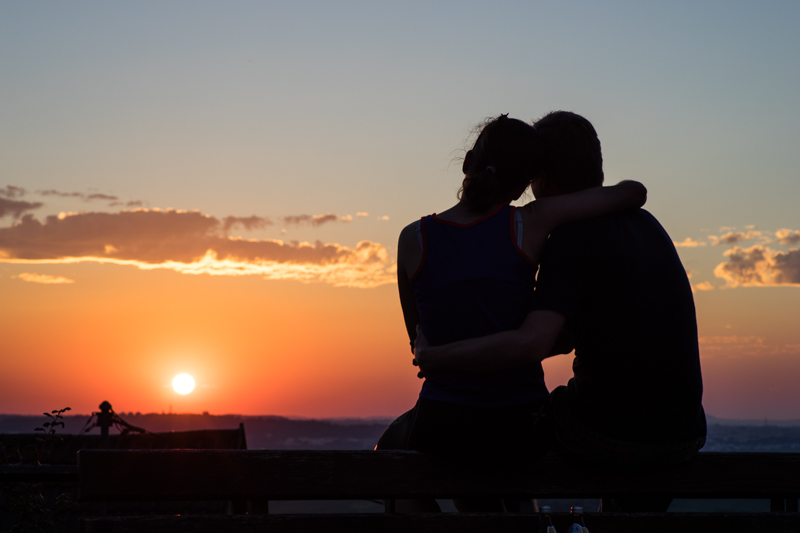
I have taken shots with the sun directly in the frame and encountered no problems whatsoever, but depending on the angle between you and the sun a considerable loss of contrast and even some small spots may appear:
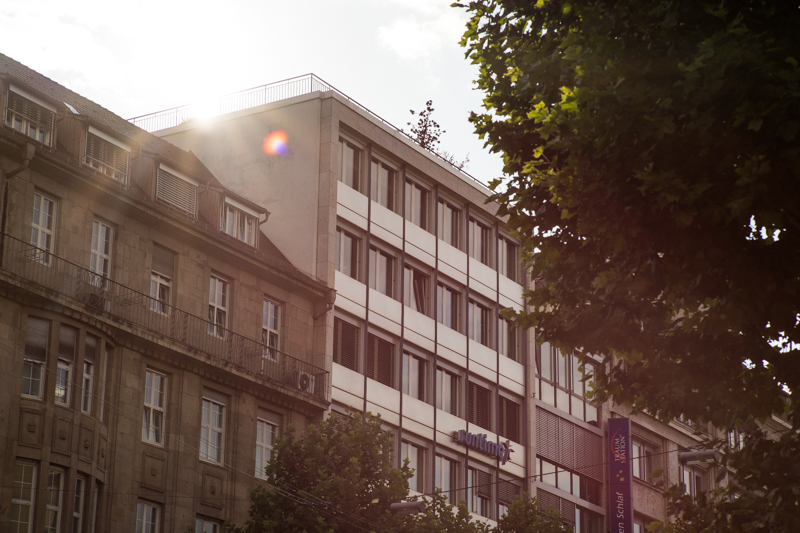
In my opinion this is not a bad performance at all, but newer lenses with fancier coatings have an edge here.
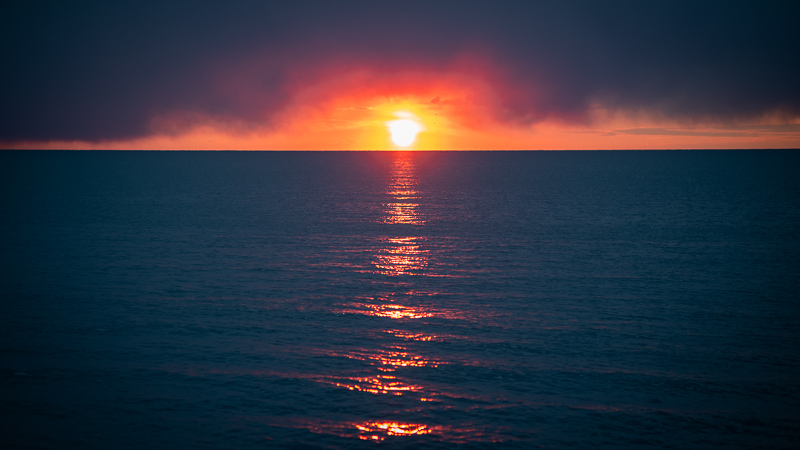
Coma
Sony A7rII | Leica Summicron 90mm 2.0 pre-Asph | 100% crops from extreme corner
To be honest, coma correction is not particulary high on my priority list for a portrait lens, but maybe it is on yours, so I had a look at this as well. Considering the specifications and age of the lens coma correction is not bad. The corners deteriorate at f/2.0 and f/2.8 and visibly so when you have a look at a 100% crop from a high resolution camera, but at normal viewing distances it isn’t really an issue. I have seen much worse.
Distortion
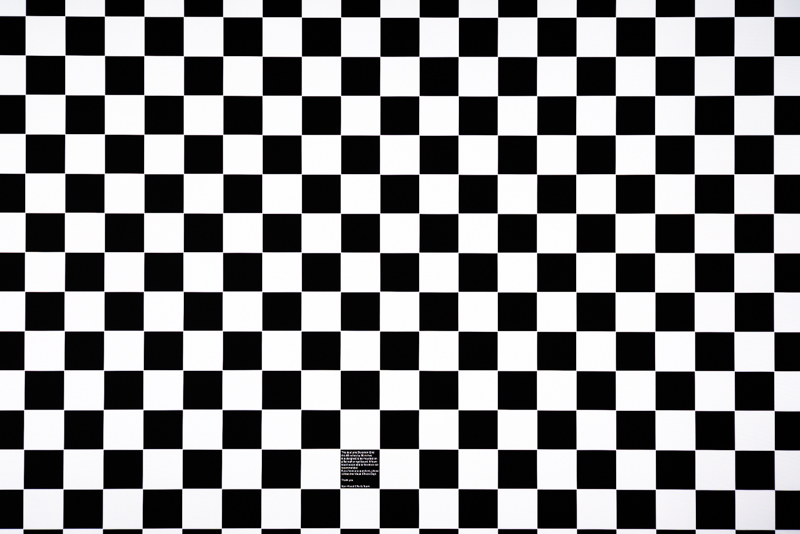
Distortion is very low, for some architecture pictures I had to dial in -2 to correct it though.
Bokeh

A maximum aperture of f/2.0 allows for a good amount of subject separation in a 90mm lens. The design dates back more than 40 years now and at that time the smoothest bokeh rendering did not necessarily make it top of the list of the design criteria – due to the lack of aspherical elements getting the lenses sharp and contrasty was clearly more important.
Now some of the Leica fans love the rendering characteristics of this era (“Mandler Magic” is the esoteric term you can google if you want to get into that), so let us have a closer look at what it is all about.

Now the good news is that the lack of aspherical elements means there are no onion ring structures (which can not be said about the successor, the 90mm 2.0 Apo-Summicron Asph).
But this lens also shares an issue with many other Leica lenses: on stopping down the shape of highlights changes for the worse thanks to inwardly curved aperture blades. While at f2.0 they are perfectly round (except for the border regions, where optical vignetting occurs), between f/2.8 and f/8.0 they can best be described as “crown cork” shaped (take a look at the example below) though. Then at f/11 they are edgy 11-sided-figures and at f/16 perfectly round again.
Therefore when I know there may be highlights in the background I stick to f/2.0, as I find this look extremely distracting.

For head or head-and-shoulder portraits the Leica Summicron 90mm 2.0 pre-Asph gives a pretty cool look, the contrast is high and there is enough subject separation to make your subject stand out.
The optical vignetting clearly leads to some busyness in the corners though, this gets more apparent if your subject is farther away.
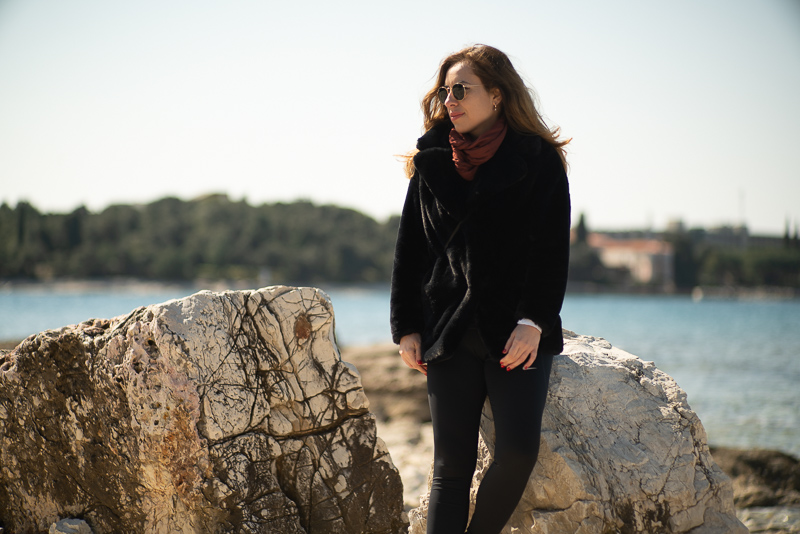
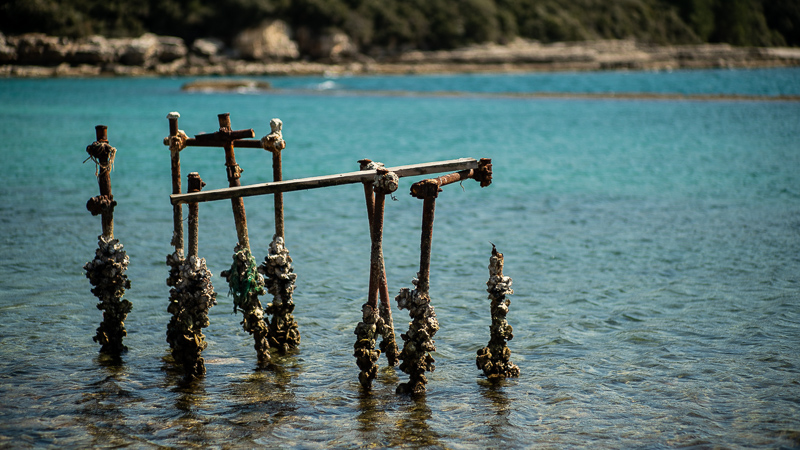
If you have a look at the two samples above you can see that the corners are not rendered as smoothly as the center parts of the image as some double structures appear.
This is true for many small yet fast rangefinder portrait lenses (e.g. the Voigtlander VM 75mm 1.5 Nokton), but will not be that apparent in the latest 85mm designs like e.g. the Sony FE 85mm 1.4 GM or even much cheaper candidates like the Viltrox 85mm 1.8.
Occassionally I like the look this Leica lens yields, but for a job, e.g. a wedding or a reportage, I would prefer one of the modern lenses to make sure there will less likely be issues with elements in the background distracting from the main subject.
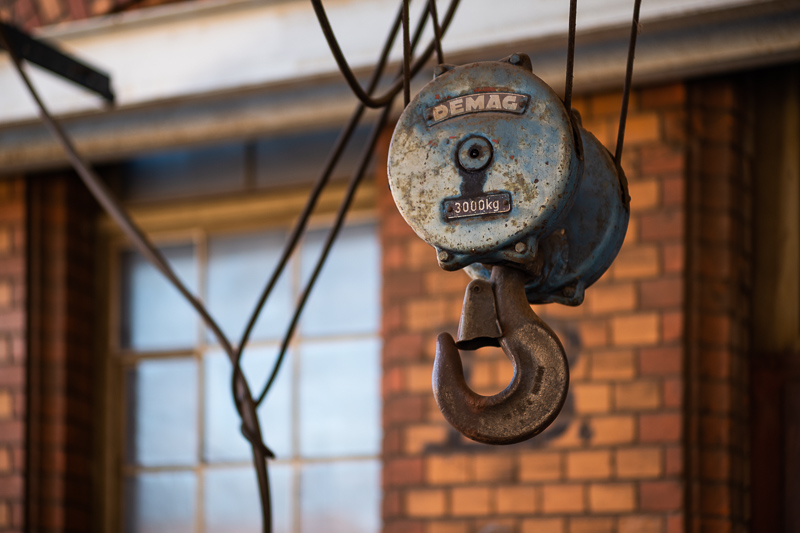
Sunstars
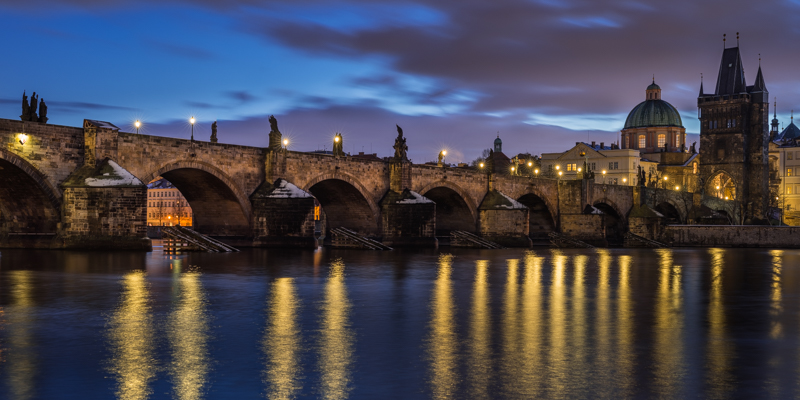
This Leica lens will produce 22-pointed sunstars (between f2.8 and f11 at least), which are actually quite well defined and very nice, have a look at a crop from the photo above:
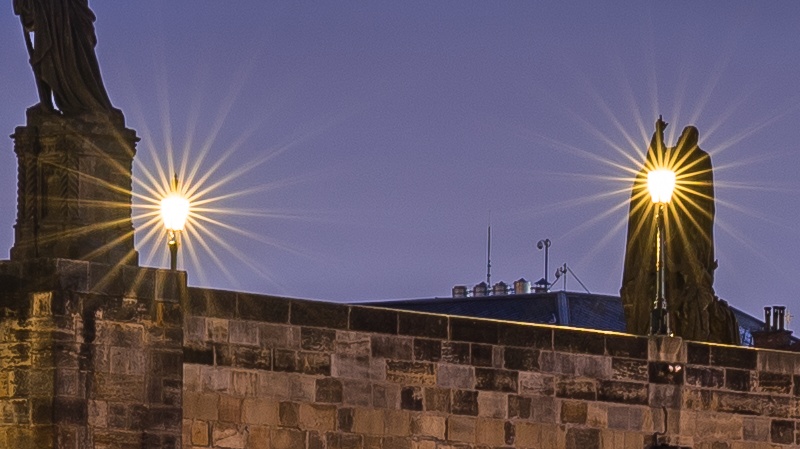
If you want to learn more about this topic have a look at this article.
Chromatic aberrations
lateral
In the corners you can spot some lateral CAs which can be easily corrected in post, as can be seen in the example below (100% crop). This is one of the few lenses where the outlinings are yellow and purple instead of magenta and cyan.
100% crops from extreme corner, A7
longitudinal

Longitudinal CA can be visible in high contrast scenes. There are some modern lenses that due worse (e.g. the Sony FE 55mm 1.8 ZA or the Sony FE 35mm 1.8 G) but also some that will do significantly better, like the Voigtlander 110mm 2.5 E which offers a very similar amount of subject separation.
Sony A7III | Leica Summicron 90mm 2.0 pre-Asph | f/2.0
It won’t ruin many of your pictures, but it is something to watch out for when shooting a backlit scene at maximum aperture.
Conclusion
good
|
average
|
not good
|
Since 1980 – when the Leica Summicron-M 90mm 2.0 hit the market – there have been some notable developments on the technological side of photography: widely spread computer aided design, new materials, fancier coatings, affordable aspherical elements, very capable auto focus and we also went from grainy 35mm film to advanced 61mp sensors, demanding much higher resolution capabilities from the lenses.
Still, at that time this Leica Summicron-M 90mm 2.0 was pretty much the top of the line portrait lens Leica was able to make for the M-system (even though some cost cutting measures like two flat lens element surfaces have been incorporated in the design). So even by today’s standards it is still a solid, capable performer with high contrast at maximum aperture, decent CA correction and surprisingly low coma in a very compact and well made package.
My sample is from 1987 and it still looks and works like new, which is a testament to the high mechanical standard of these Leica lenses.
Now the question is: is it worth it? For a Leica lens the price is comparably fair, especially as I don’t see this lens loosing much value in the future, but compared to buying a new Samyang 85mm 1.4 AF, Sony FE 85mm 1.8 or Viltrox 85mm 1.8 it isn’t exactly cheap either.
These lenses are using newer technology like aspherical elements, floating elements design as well as auto focus and are optically “superior” in most areas while actually being cheaper.
So as a Sony user to choose this Leica lens over the alternatives you must really like the rendering or the build quality/red dot.
If you are looking for a fast manual focus portrait lens with nice mechanical design (or you are in the M-mount eco system anyway) the Voigtlander VM 75mm 1.5 Nokton is probably the better lens for most (me included) these days. But this also boils down to your kit to some degree: I bought this 90mm 2.0 to have something longer to pair with a 50mm lens where I don’t see a 75mm lens fit and the list of good lenses in the 85-100mm realm for M-mount is a really short one.
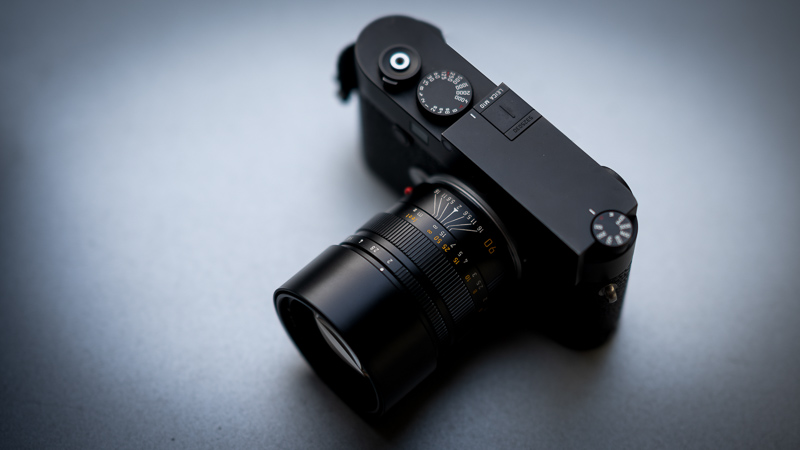
Also, it is to me one of the best looking lenses, no matter whether you pair it with a Sony or a Leica camera, but this probably shouldn’t be your main reason to buy it 🙂
This pre-Asph version usually starts selling for $800 at ebay.com (affiliate link). In Germany buying one in A-condition will set you back at least 650€. I got mine at ebay.de (affiliate link).
Alternatives
I reviewed many fast M-mount portrait lenses, you can find all the M-mount reviews here.
If you are not bound to M-mount lenses you can find many more options in our guide to 85-135mm portrait lenses.
Sample Images





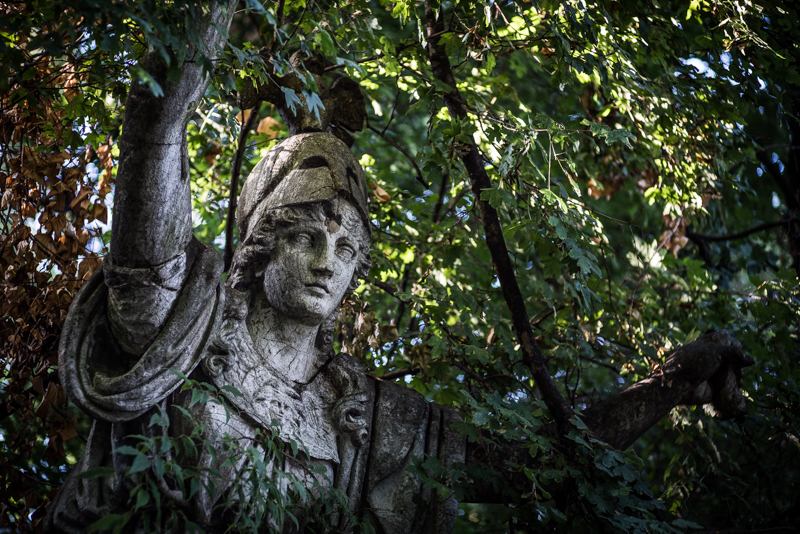
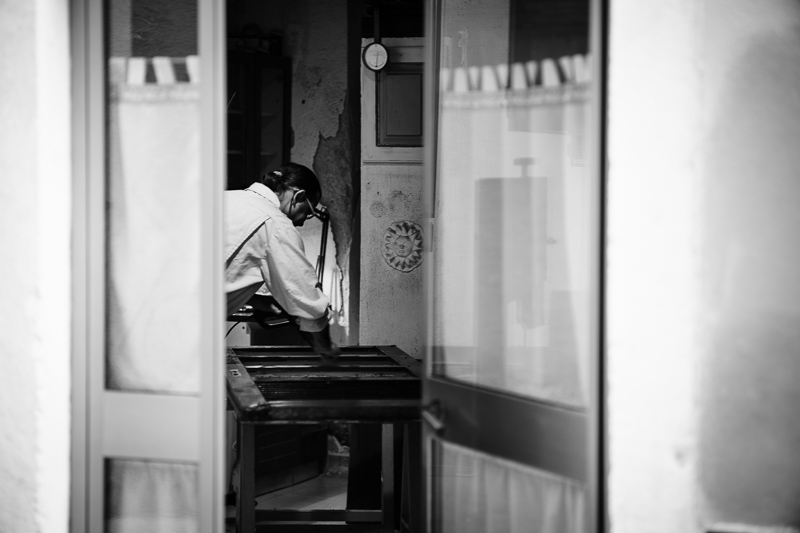

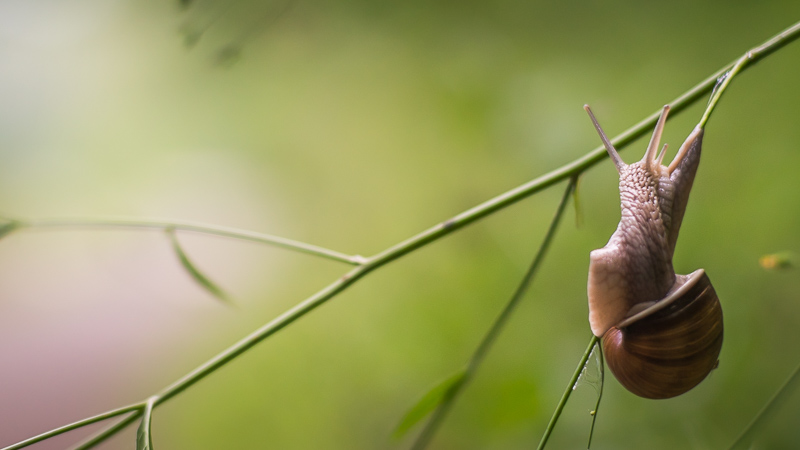

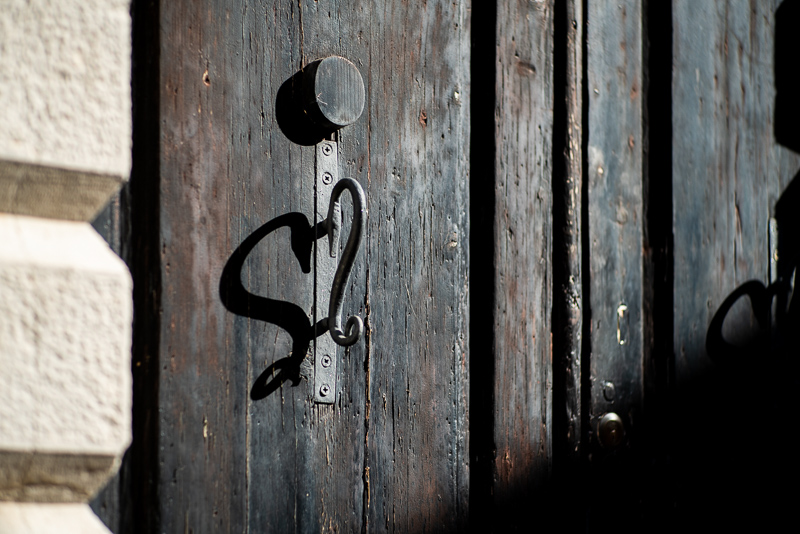
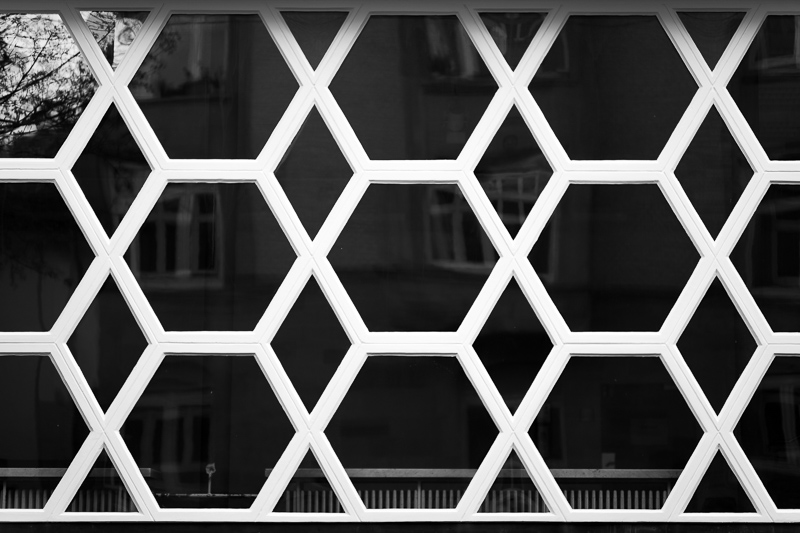
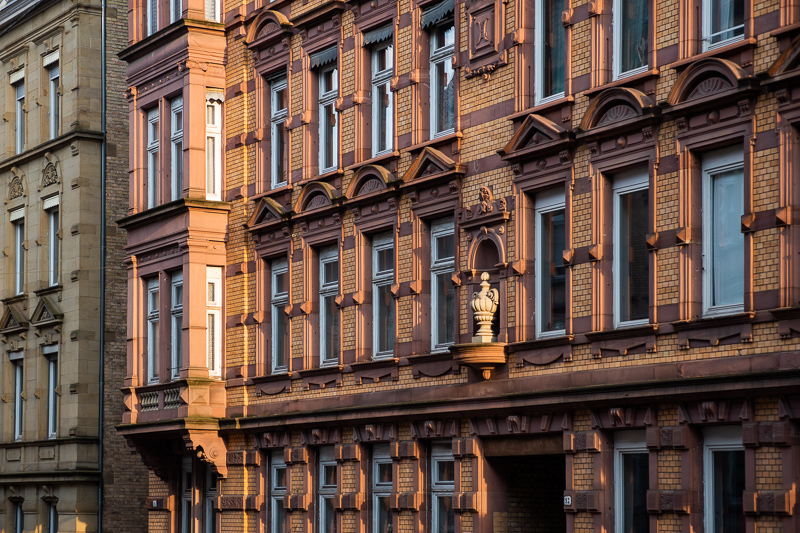
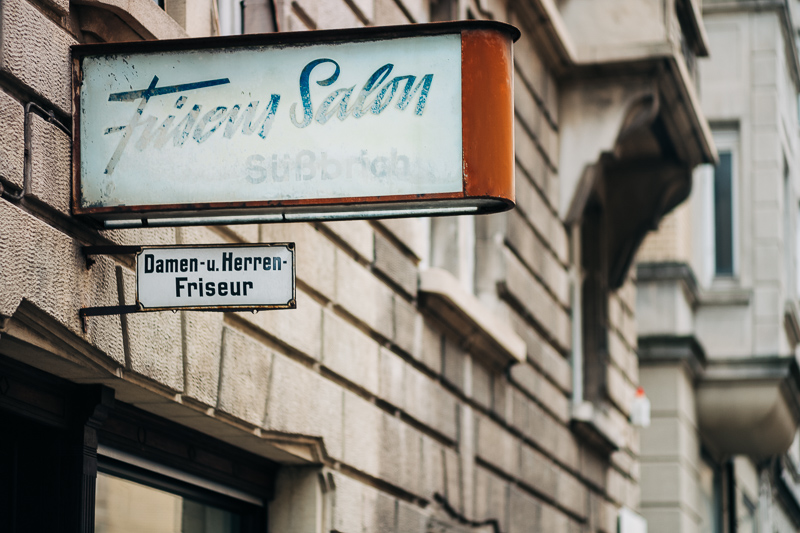
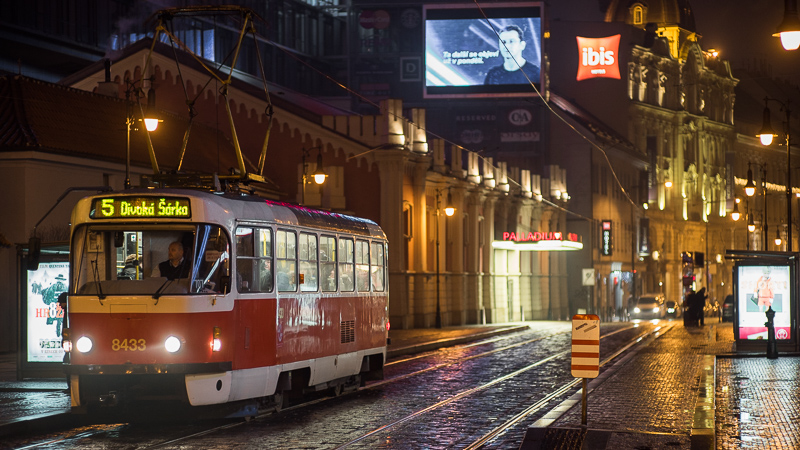
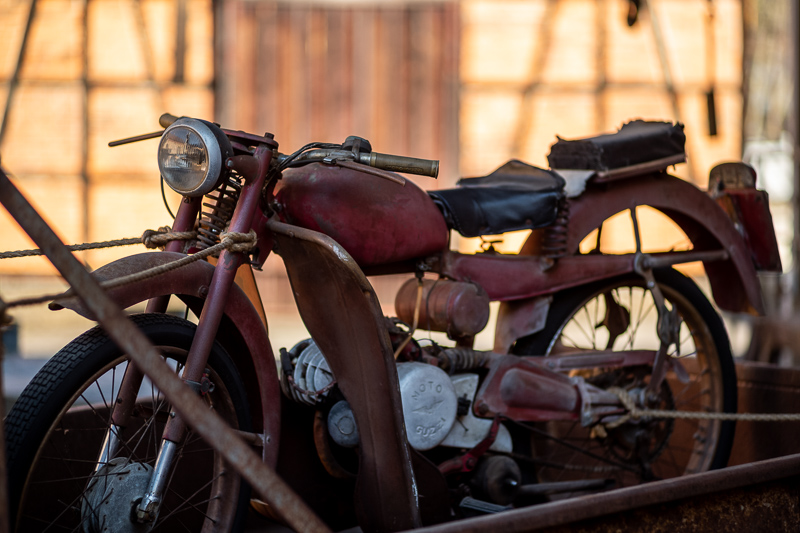


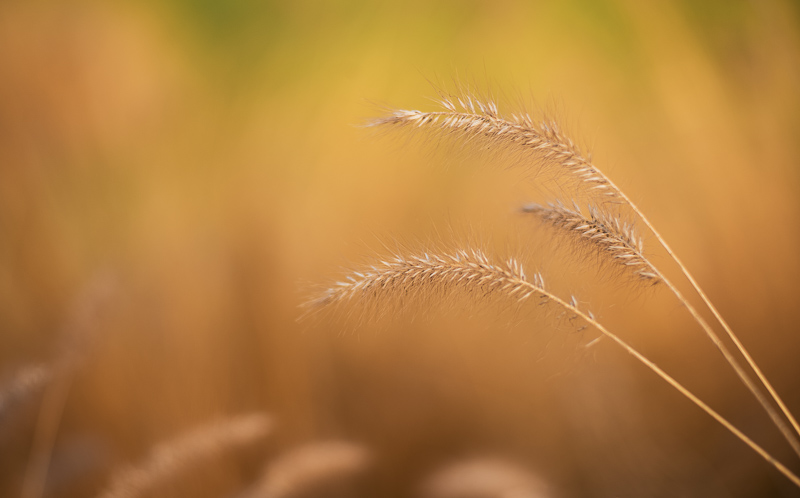

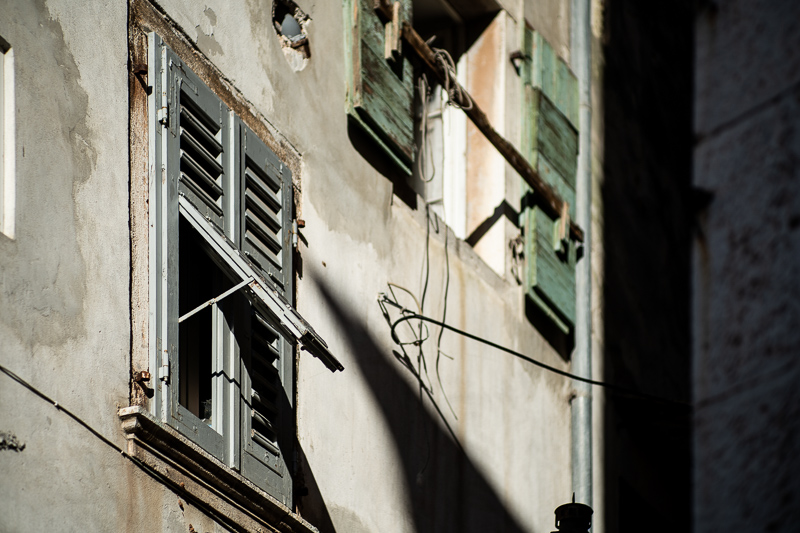
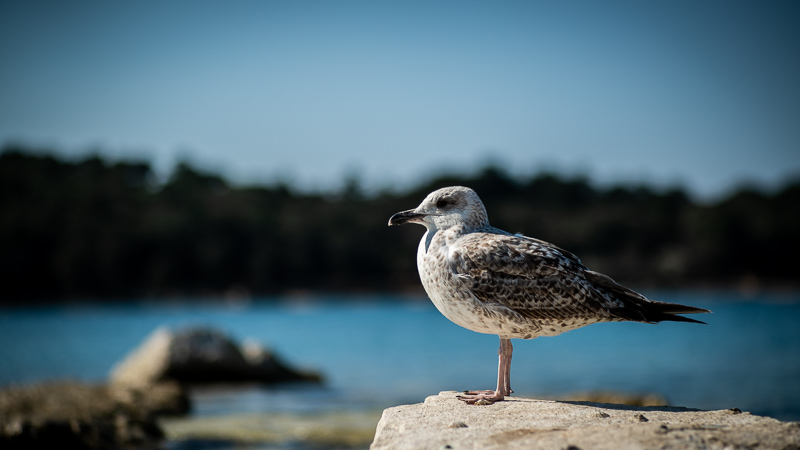
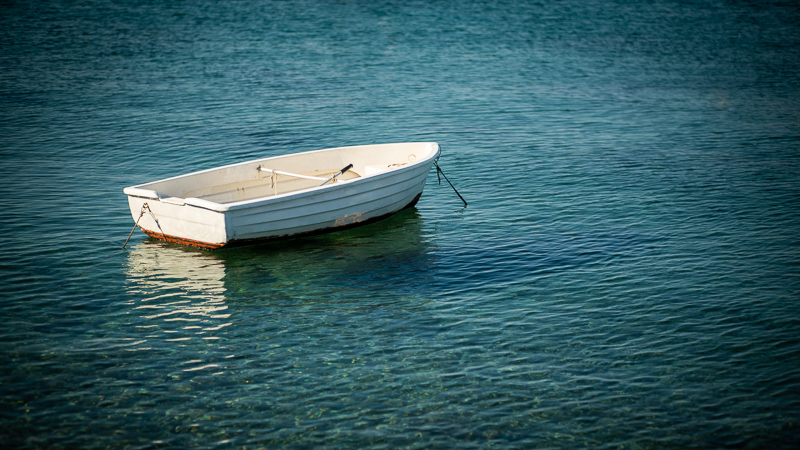
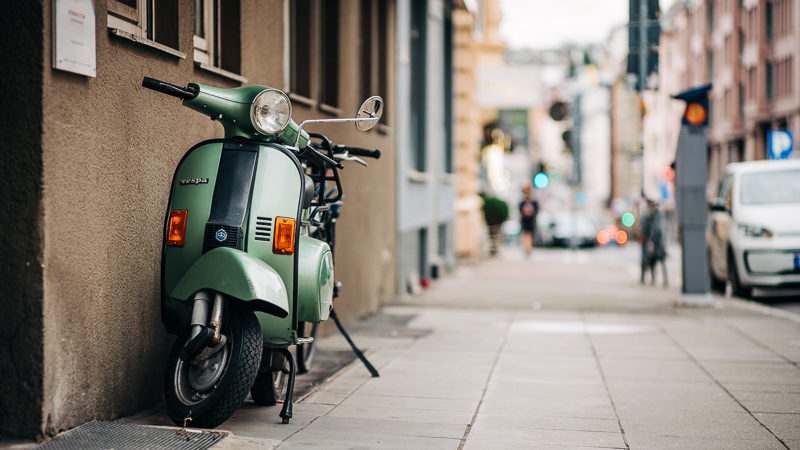
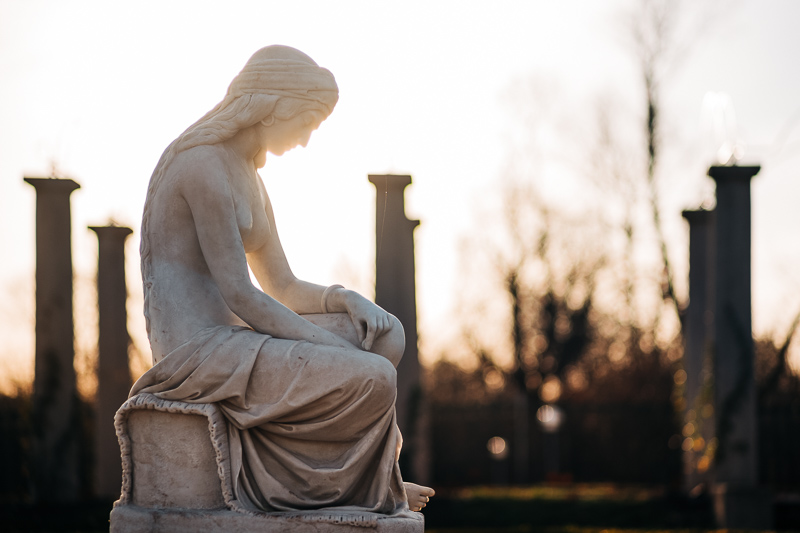


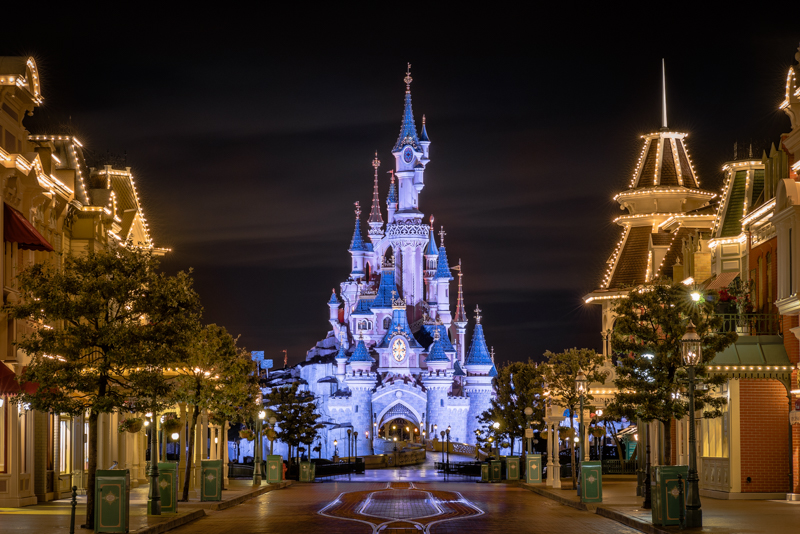
I have set up a flickr album which contains many shots taken with the Leica 90mm 2.0 Summicron pre-Asph.
Further Reading
- Sony FE lenses: Our comprehensive and independent guide
- Guide to the best 85-135mm Portrait Lenses for Sony a7 series
- Review: MS-Optics 50mm 1.0 ISM
- Review: Leica 135mm 3.4 Apo-Telyt-M
Support Us
Did you find this article useful or just liked reading it? Treat us to a coffee!
![]()
![]()
![]() via Paypal
via Paypal
This site contains affiliate links. If you make a purchase using any of the links marked as affiliate links, I may receive a small commission at no additional cost to you. This helps support the creation of future content.
Latest posts by BastianK (see all)
- Review: Sony FE 70-200mm 4.0 G Macro OSS II - December 20, 2025
- Review: Viltrox AF 35mm 1.2 FE LAB - December 17, 2025
- Analogue Adventures – Part 47: Tübingen - December 17, 2025




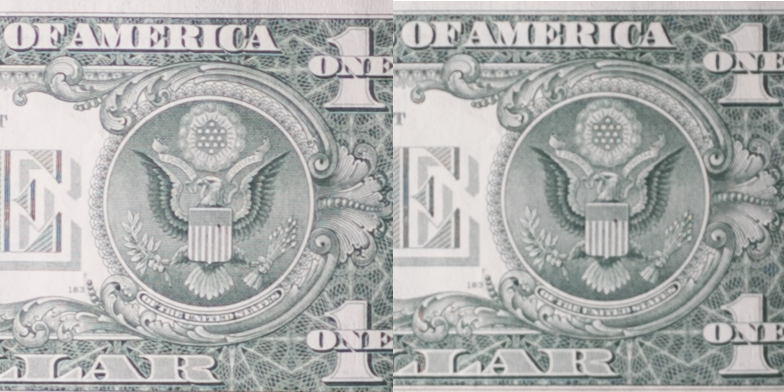
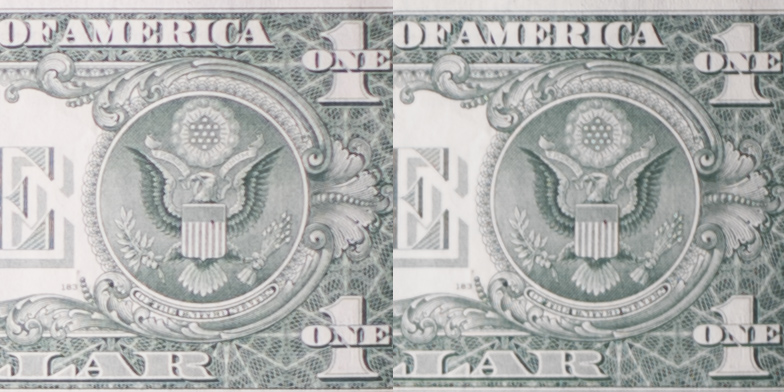
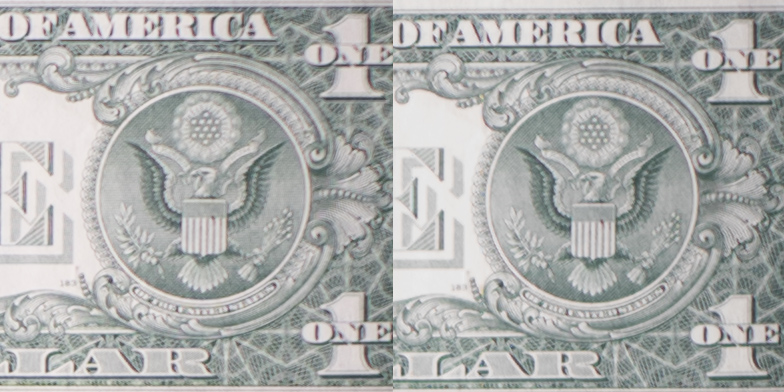



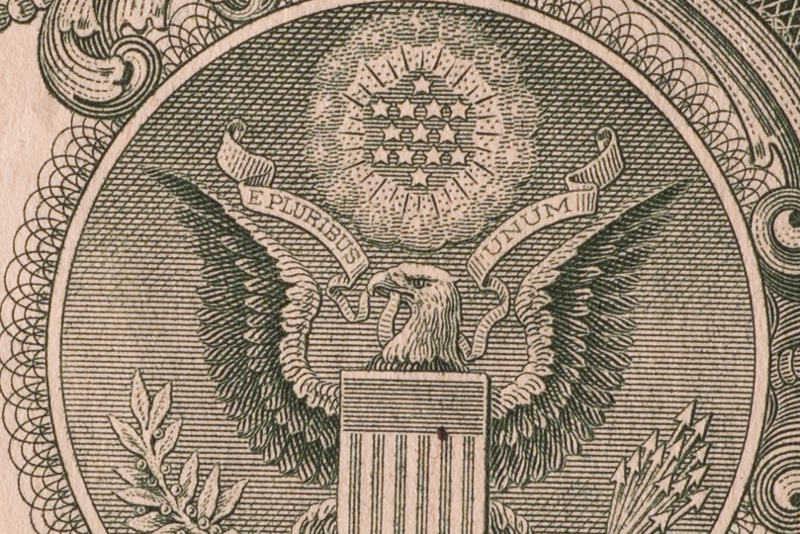
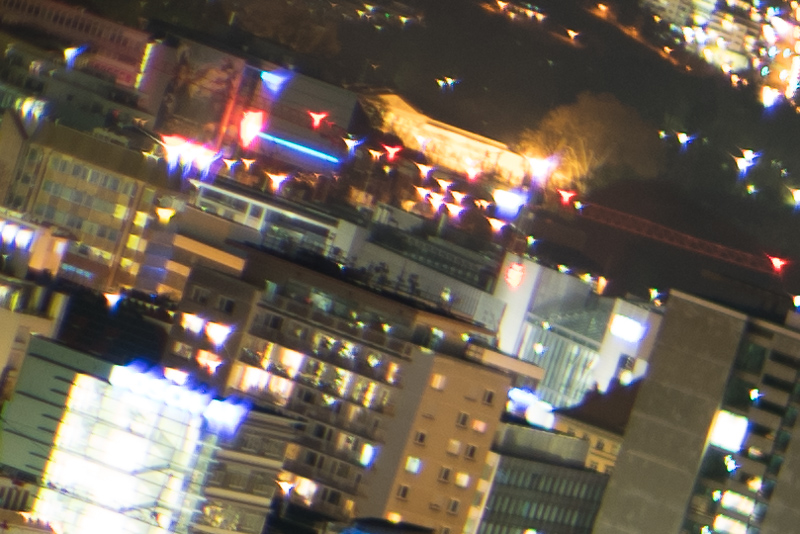
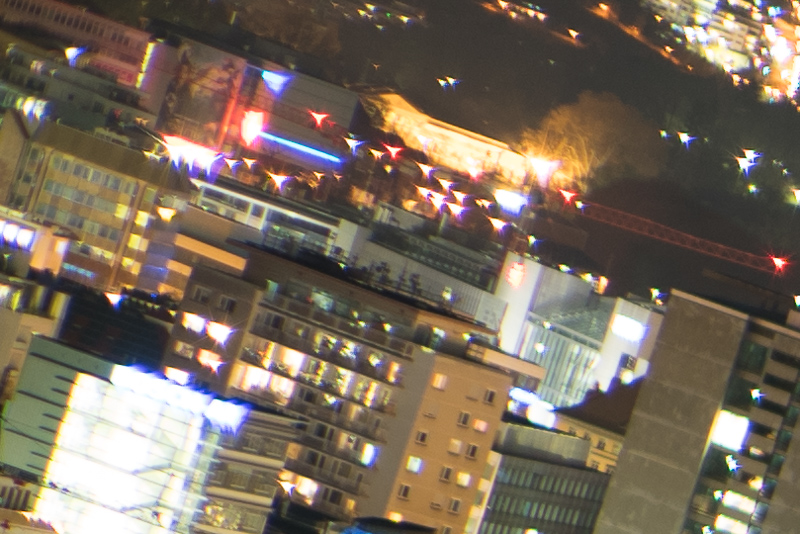
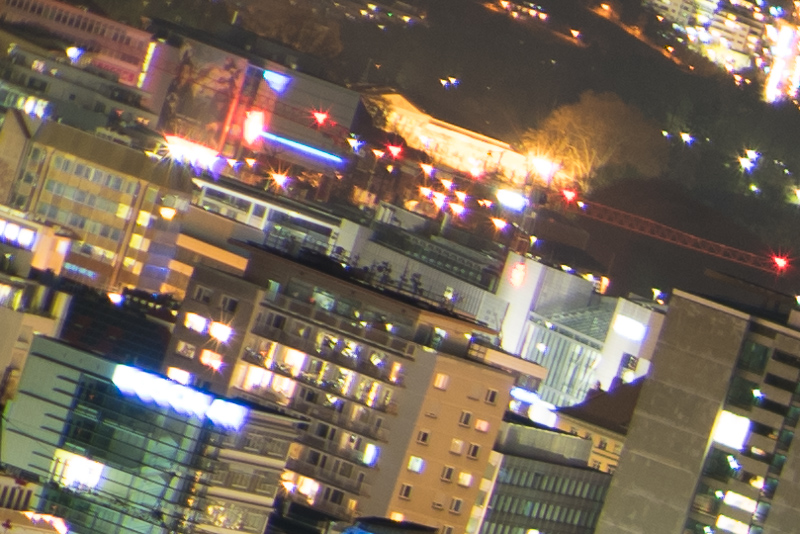
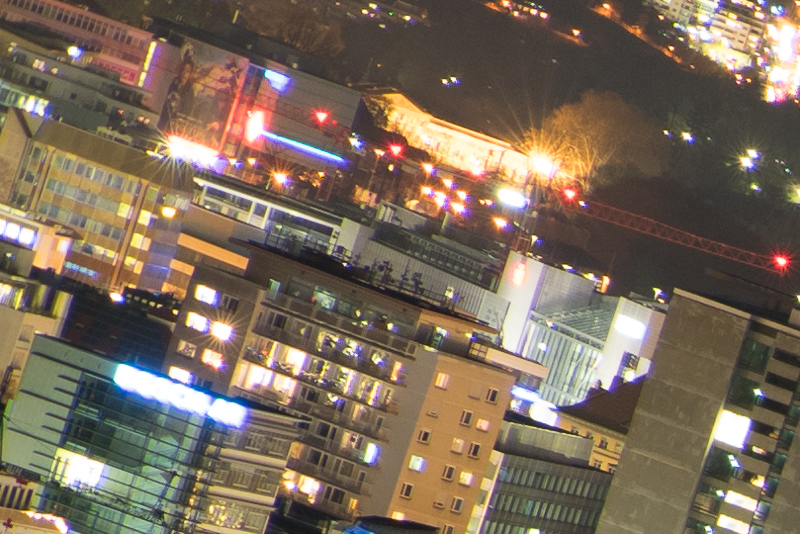
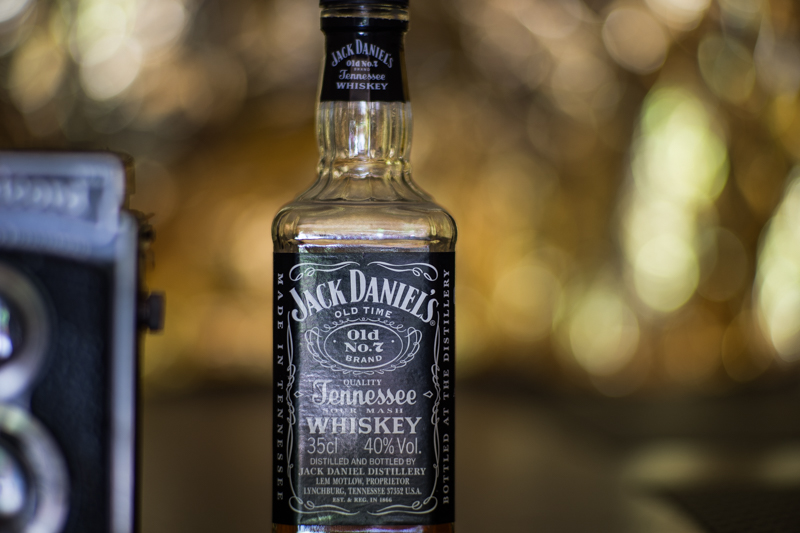
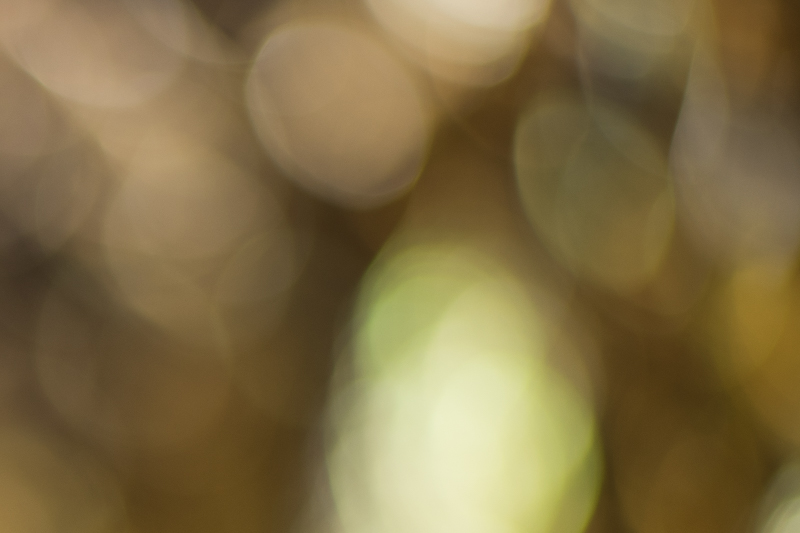
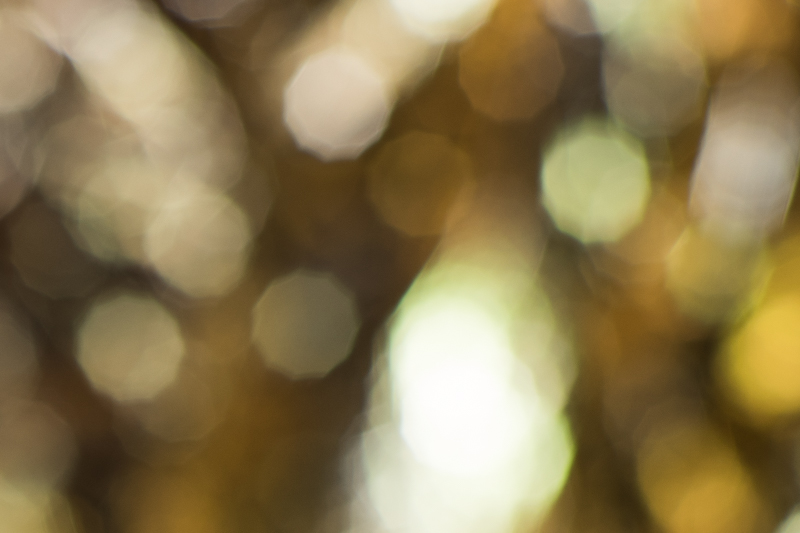


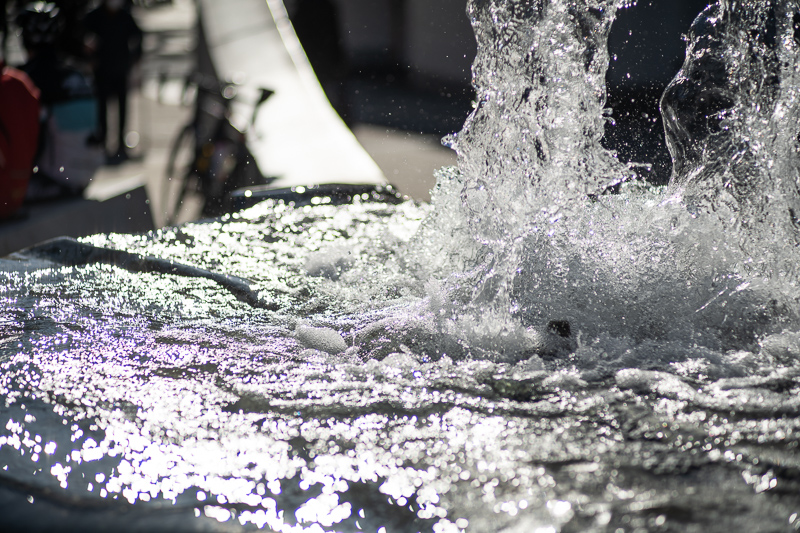
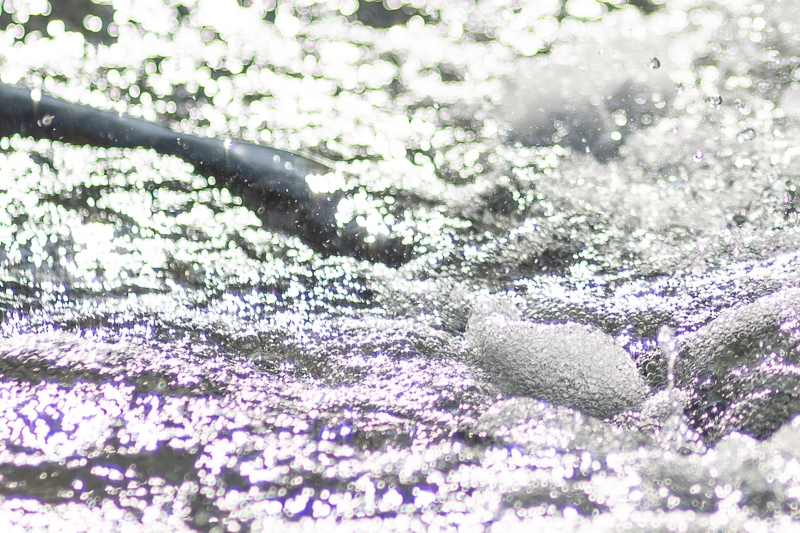
Tolle Linse, schöner Beitrag, toller Fotograf!
was will man mehr. Zum richtigen Glück fehlen nur die 700-900€
Meine Erfahrungen im Portraitbereich:
Ich hab ein Voigtländer 75mm 2.5 das hat anscheinend eine ähnliche Charakteristik.
Vielleicht etwas weniger Auflösung im Detail, dafür aber etwas mehr Kontrast (wenn man das mag)
Ein Canon Fd 85mm 1,8 hatte ich auch mal, das hab ich aber wieder verkauft.
Dafür ist das FD 135mm 2.0, das ich mal günstig erstanden habe eine wirklich tolle Linse und vielleicht sogar eine Alternative im “Portraitbereich”.
Nur damit es nicht heißt, ich würde überhaupt keine FD-Linsen gut finden ; )
Danke &
Beste Grüße
Michael
Hallo Michael,
vielen Dank für dein nettes Feedback!
In nächster Zeit werden auch Reviews von günstigeren M39 Objektiven (Jupiter-3 50mm 1.5 und Jupiter-9 85mm 2.0) folgen, die aufgrund ihrer Größe ebenfalls sehr gut zur A7 Serie passen, jedoch vielleicht etwas mehr “Charakter” haben 🙂
MfG
BastianK
I’d really like to see that reviews. The key with these old lenses is to know the difference between the various versions and find the right one in acceptable conditions.
I know you guys have some connections to Zeiss. Can you get a C Sonnar 50/1.5 and compare it to the Russian copy? Just if possible …
I am sorry to disappoint you, but I do not have any connections with Zeiss.
To be honest: Jannik had a hard time getting his Makro-Planar 100mm 2.0 ZF and his Loxia 21mm 2.8 repaired.
But this comparison would interest me as well, so I will see what i can do.
Well Zeiss loaned me the 2/50 Loxia so we have some connection but when I asked to borrow a Loxia 2.8/21 before Jannik bought his own copy they were lets say “less than supportive”.
Well, I’m sorry to hear. Probably their analytics showed no increasing global demand for the Loxia 50 after your review 😀
Then we need to go back to good old Amazon rentals 😉 (kidding)
But there’s also that new Lomography Jupiter-3+ or the Voigtlander Nokton 50/1.5. And I guess the Canon 50/1.5 LTM is also the same design.
From what I gathered, the Zeiss C Sonnar and the Jupiter differ a lot in rendering. Coatings may be one thing but it affects every aspect. So the Nokton would be the natural contender to the Zeiss. We would only see, how much improvement you’ll get for 10x the money.
Just want to mention that the Voigtlander 50/1.5 is quite different rendering from the Sonnar variants (such as the Zeiss 50/1.5 versions from WWII era and afterwards, the current ZM version, or the Canon 50/1.5 and Nikon 50/1.4 rangefinder lenses. All of those share some rendering similarities, whereas the Voigtlander is more modern, IMO. It’s bokeh is smoother and quite close to the 50 Lux ASPH and is much sharper than the Sonnar variants wide open. IMO it kind of sits in a middle ground of not as interesting rendering as the Sonnars, but also not quite the across-frame sharpness of a stopped down 50 Lux ASPH. Though for the price (compared to the Leica), it’s very good, which is the case with most Voigtlander lenses.
The ZM 50/1.5 offers better color and contrast than the older Sonnars, akin to most modern designs, but is not necessarily super-sharp. IMO, as a portrait-style 50, this is a fair tradeoff. I’m definitely a fan of the Sonnar rendering.
Dear Ron,
I will probably soon be able to provide a direct comparison betweeen the Nokton 50mm 1.5, C Sonnar 50mm 1.5 ZM, Jupiter-3 50mm 1.5 and Lux Asph 50mm 1.4, as a generous reader decided to provide the Lux Asph and the ZM for such a purpose.
I love the 75mm range and the small and characterful Voigtlander 75mm F/2.5 (probably I like all slower Voigtlander lenses). I see, it’s not your thing but probably very different to the F/1.8 version.
I wonder why you consider the Zeiss 100/3.5 more of a landscape rather then a portrait lens? What makes the difference to you?
When it comes to portrait shooting this means mostly on location shooting for me and I highly value fast lenses here. A maximum aperture of 3.5 is simply to slow for a portrait lens for my shooting envelope.
With Voigtländer lenses I mostly prefer the ones which do a good job in balancing a fast aperture with good image quality and a small housing.
I once tested the 50mm 2.5, but albeit it’s very small size it was nearly as heavy as the 50mm 1.5 (which I choose instead).
It depends on how usable the lens is at a required aperture. If the f/1.4 lens looks worse at f/2.8 then the f/1.8 lens, I go for the slower lens.
Anyways, you go for a faster aperture with a portrait lens. No other characteristics? Like some softness? Some glare for moody back-lits? Some corner blurriness to make the center pop out? Some softer bokeh rendering? For example for me, a landscape lens should have very good full frame sharpness, excellent flare and glare resistance, bold colors and high contrast.
You have the Voigtlander 50/1.5! Will you provide a review some day?
I am currently discussing with Phillip which one of us will do the Nokton 50mm 1.5 review, I would definetly like to 🙂
But there will definetly be comparisons between the Nokton and the Jupiter-3.
For real softness I am also using the Mitakon 50mm 0.95, but that is one heavy beast…
This is a great article! I enjoyed reading it and got much out of it. I’d really like to read a Review of the Jupiter-9! It would be great if you could write one about it.
Phillip, great concept with different authors!
Hey there, thanks for the kind words!
A review of the Jupiter-9 is definetly coming, but it will probably not be the next one by me (have some other things in the pipeline already).
I also want to have used a lens thoroughly before writing an in-depth review as I definetly don’t want to chimp on quality.
Well done!
I’m only just beginning to think seriously about getting a 90mm M Leica lens, and a review like yours is a great help. Love your lamp photo @ F/2
Before my recent investigations, I always thought that nearly every Leica lens was far too expensive for me, ie. at least 2-3x more than “the next best”, which was itself often an “expensive lens too. However, I’ve come to realise that you can pick some of them up for prices equivalent to many other makes. For instance, just last Tuesday, this R version of the pre-Asph went for “just” £286/€370 : http://www.ebay.co.uk/itm/331785396045?ssPageName=STRK:MEDWX:IT&_trksid=p3984.m1435.l2649
I was watching it, amazed it finished so low. The only reason I didn’t bid, was that the weight of this one, 560g, was higher than I’m comfortable carrying on the A7,(and of course it only takes two bidders keen on the same lens, for it to cease being a “bargain”).
Also, as there are SO many versions of the lenses, it’s hard with some of them, to be certain which version you really are bidding for, (19x versions of the M series 90mms alone, according to Erwin Puts, if you follow your link).
However, I think that one I linked, Was indeed the optical equivalent of the M version you review here. (I’d be interested if someone could confirm that?)
For now though I’ve decided that the Summarit M 90/2.5 is the one I really want to try first, (and that’s rather more expensive, though Phillip’s assured me that they can be found for £550/€710)
Dear Tim,
I am glad you enjoyed the read!
Some of the Leica R lenses are not more expensive then e.g. their Nikon counterparts, but getting decent information on R lenses is way more difficult then on M lenses.
About your question whether there are differences between the Summicron-M pre Asph and the Summicron-R: the optics may be similar but according to this http://www.abload.de/img/optics4y5br.jpg in comparison to this http://www.l-camera-forum.com/leica-wiki.en/index.php/90mm_f/2_Summicron-M_III I don’t think the optics are exactly the same. Furthermore the R version uses an 8-bladed aperture diaphragm instead of the M version’s 11-bladed. I have not used the R version yet, so I can’t tell you if the differences in optics are just minor or in fact meaningful.
But I may be able to do a comparison between this lens, the Summarit 90mm 2.5 and the Elmarit 90mm 2.8 further down the road.
Hi Bastian, I recently bought a collection of Leica R-series equipment, including a 90mm Summicron-R (made in 1980), and seeing this comment I thought I’d provide a bit of info/commentary from my experiences with it.
Firstly, the R version does have 8 aperture blades, but they’re slightly curved in the normal manner, unlike the M version of the lens. So, you get round bokeh at f2, and slightly rounded octagons at smaller apertures, rather than the “bottle cap” shapes you get on the M version. I’m happy with the trade-off against more aperture blades, but I haven’t thoroughly investigated things like sunstars.
Regarding optical differences, it appears that the R version has a larger front element at the very least, so there may well be some difference in the optical performance of the lenses. I don’t have an M to compare against, but what I get out of my lens seems pretty comparable to your review above (barring the bokeh), so I don’t think it’s a huge difference. My understanding is that the R-mount version was designed first, so it is likely that the optics would have had to be changed to fit in the narrower housing of the M mount edition.
Incidentally, being an adaption of the Summicron-R may explain why you see such good performance at close focal distances with the helicoid adapter. The R mount version of the lens actually focusses down to 0.7m natively, so it seems that the original optical design was actually intended to focus this close. My guess is that when adapting to M mount they limited the focus ring to 1m due to the difficulty of focussing and framing any closer on rangefinder cameras, rather than out of any optical limitation.
Thank you for sharing your experiences here!
One of the theories I’ve heard about the ‘ninja star’ aperture blade shape is to minimize or control focus shift. Other Leica lenses I’m aware of with this type of aperture ‘feature’ include the 50 Lux ASPH and I believe the 70 Cron AA, which is a very close relative to the 50 Lux ASPH in respect to optical formula. FWIW, I also don’t like this and as a heavy user of the 50 Lux ASPH, it definitely bothers me when I see it in some images.
In respect to the 90 Cron pre-ASPH vs. the APO-ASPH (AA) version (I have the latter), my feeling is the pre-ASPH has more pleasant ‘characterful’ rendering due to it being less technically perfect. The AA is sharper across the frame with better CA control. It often feels very transparent in its rendering. But it’s pretty easy to provoke onion ring bokeh balls and I find it’s somewhat easy to provoke veiling flare… But I bought it to be my ‘do everything’ 90 – good for low light and wide aperture applications, but also very sharp across the frame by f/4-5.6 for technical applications. Interesting about the long focus throw of the pre-ASPH. The AA is definitely under 180 degrees, probably around 150. The faster throw makes it easier to follow focus, but at the expense of precision. I’ve used a few of the older fast M lenses, such as the 75 Lux and 50/1 and found them quite easy to focus accurately because of the longish throws.
Prior to the 90AA I had the 90/2.5 Summarit for quite some time. I think it’s quite a good lens. Maybe not quite as transparent feeling as the AA and slightly more CA. But it’s smaller, lighter and a nice compromise of usable speed for the size. I also prefer the screw-in hood, which might put me in the minority. Least favorite feature of the Summarit was its quite short focus throw that always made precision focus (on an M camera) somewhat of a challenge. I’ll also add I think the 75/2.5 is the slightly better lens in respect to sharpness and punch.
I also have the Voigtlander 75/1.8…. which I believe became available in 2011. Portrait rendering is pretty good, but it’s not a lens for technical applications where across frame sharpness is desired, such as for some kinds of landscape use. I’d rather get the 75 Summarit and save some size and weight for not a whole lot more (f/2.5 version used).
That sure is an interesting theory about the aperture blades. I was thinking about getting the 90mm AA as well, but spending that much money on a lens with an aperture diaphragm I don’t really like kept me from doing so, although the fact that I actually like the pre Asph version very much comes into play as well 🙂
Have to add here, if “optical perfection” (meaning the absence of abberations) is the “goal” I tend to use my modern Nikon lenses, such as the Nikon AF-S 85mm 1.4G.
I sure would love to see a comparison between Summarit 90/2.5, this Pre AA Cron 90, and the AA Cron “itself”, especially for wide open performance and out of focus characteristics. I suspect it isn’t going to happen anywhere in the near future!?
However, I wonder if Ron Scheffler has done one? He seems to know all three lenses well, from his comments above. (I also prefer screw in hoods, for using square filter systems)
Interesting that “onion skins” and veiling flare can be a problem for the AA Cron 90.
Hi Tim, regrettably I have not done such a three-way comparison and only owned the Summarit and 90AA simultaneously with a rather brief overlap. I currently have only the 90AA. Most of my 90mm work is along the lines of near infinity landscape type use, which is generally not done wide open. Here I prefer to have as good across-frame sharpness as possible. The Cron pre-ASPH was ruled out for my needs due to this, effectively illustrated by the infinity crops here in this review. The Summarit is probably the best ‘all-round’ lens of the three, with good size, speed and performance. The 90AA betters the Summarit somewhat at the edges at wider apertures. I decided on the AA for it’s across-frame performance, combined with its speed for low light work and those times I want the fast tele look. Wide open rendering with these lenses is less critical for my needs and therefore I haven’t given it as much attention. Yes, the 90AA can be provoked to show onion rings in the out of focus blur circles of highly specular light sources. This too disappointed me somewhat, but in respect to my main use of the lens, it has not been a problem. FWIW, the 50 Lux ASPH can also be provoked to show onion rings, but I’ve found this to be quite rare and certainly not as easily as the 90AA.
Very interesting article. I would invite you to also look at the CY Zeiss Planar 1.4/85, which is just 100g heavier and similar in dimensions. I bought the lens used in the 1990’s – so I don’t honestly know the current prices.
What I CAN say is that this is the lens that caused me to switch from Nikon FX to Sony A7II in order to be able to use it again. I just never lost my sense of nostalgia for this lens.
I have not had a moment of regret since moving back to Zeiss
With the arrival of the A7 cameras the prices of some of the used manual focus lenses from “dead” mounts unfortunately have somehow skyrocketed. I try to focus on Leica M lenses, but this may be something for Phillip or Jannik to consider 🙂
Hi Philip.
Thank you for a great review. At your request – i read your review 😉 I have previously bought the Tokina AT-X 90mm f / 2.5 Macro together with the extender/adapter. I just love this lens. How does the Leica Summicron-M 90mm 2.0 compare to this?
And why did you not list the Tokina under “Alternatives”? Because it is a macro lens? I use the Tokina for portraits and think it does so quite fantastic.
Cheers
Thomas
Dear Philip,do you notice a difference in image quality (especially corners) of adapted lens mounted on the A7 vs A7II ?
I find the original A7 a bit deceiving in the corners for what concerns adapted lens and i was wondering if there is an improvement in the A7II or A7RII due to different sensor.
Thank you
Nicola Naj
Hi Nicola,
this review was written by Bastian so I can’t speak about this specific lens but I didn’t see a difference in corner performance between the a7ii and a7
Cheers,
Phillip
I have to second that and also recommend reading the “The A7 series and Leica-M wide angle lenses” part in my following review http://phillipreeve.net/blog/review-voigtlander-ultron-28mm-2-0/
Thank you very much, I have been considering this lens for quite a while. So this test is really helpful. I hoped the Summicron would be a little better.
A year ago I was about to only got Leica M but the minimum focus distance of rangefinder doesn’t match my shooting preferences.
Maybe Zeiss is releasing a 100/2 Loxia. That would be my dream lens. Even if they can’t keep the 52 mm threads.
I hate fly by wire like you do. I think I will never buy a batis because of that.
Dear Alex,
I am glad you found the review helpful!
I do not only share your hatred for fly by wire focus but also for long minimum focus distances. But to be honest here: with the Voigländer Helicoid Adapter the maximum magnification with the Summicron is acutally better then with most DSLR 85mm lenses (in my case I compared it directly to the AF-S 85mm 1.4G).
Well i know about that adapter, but I fear the added inconvenience. How is the handling with adapter?
Btw do you have a Flickr Account? I would like to follow you.
Best regards
The Voigtländer adapter is simply gorgeous!
I tried a cheap one from “Quenox” before, which was a total let down (clunky, added decentering, very big). The Voigtländer instead is very small, very precise and even has a hold button (so you don’t have to use the feature if not needed).
To be honest, I even got a Nikon -> Leica M adapter so I don’t have to remove the Voigtländer adapter from the camera 🙂
I am happy about every new follower, you can find my flickr profile here: https://www.flickr.com/bastian_k
Thank you for the information. I will think about it, when I purchase an M-Mount next time. I don’t have an M lens at the moment, but still have the matching Novoflex adapter.
I followed you already 😉
You can take a look at my work:
https://www.flickr.com/photos/mugelone/
Great review Bastian! I had been wondering about this lens performance for some time as supposed kingly performer (and price) in this focal length in various manual focus forums. Good additional comments however on the strong resale value. I asked about this lens in the C/Y 100mm 3.5 review, but had you tried the Contax G 90mm F2.8? Much less satisfying manual focus experience for sure, but I’m curious if you thoughts versus the Summicron.
Great work!
Dear Jordan,
thank you for your kind words!
I am very curious about the Contax G lenses myself, but the adapter situation is giving me quite a headache, since – as far as I know – you have the choice between clunky manual focus or noisy autofocus. On top of that I would probably not be very happy with the minimum focus distance of these lenses, which can’t be as easily extended as with Leica lenses.
But in case I am able to lay my hands on one of these some time I will glady share my thoughts on it 🙂
My Contax G 2.8/90 will be published this weekend or at the beginning of the next week. Apart from the focusing there is little to not like about the lens.
It is quite flare resistant, very very sharp to the edges from f/2.8, bokeh is quite nice (though the Summicron might have an edge in this aspect) without any issues stopped down and it is about half the weight.
Thanks Phillip, can’t wait to read it – although maybe it’s silly that I want affirmation on a lens I already own and do test myself (that’s a problem with the internet, isn’t it!), but it certainly is useful to see results head-to-head in the same format against other lenses you have reviewed (particularly the C/Y 100 3.5 in my case).
Thanks again!
It was Jannik who reviewed the 3.5/100 so I can’t give you a direct comparison but I think the 100 is a tad better but it is also a lot larger and the G Sonnar has 8 aperture blades not just 6.
There are a few guys offering Contax G to Leica M conversions, which provide the benefit of proper helicoid focusing. These are also all rangefinder coupled, which means it adds some expense for those not using the Leica system.
The most expensive is the service through Japan Exposures and done by MS Optical: http://www.japanexposures.com/lens/
The second most expensive is the DIY conversion kit sold by Hawk’s Factory on eBay: http://www.ebay.com/itm/HAWKS-FACTORY-CONTAX-G-21-28-35-45-LENSES-CONVERT-TO-LEICA-M-HELICOID-/321777362983
The least expensive I’ve found is ‘rework-lens’ on eBay: http://www.ebay.com/itm/Contax-zeiss-G-lens-convert-to-Leica-M-RF-coupled-/322007757127 but you have to send your lens to him for conversion. His helicoid also turns in the wrong ‘Nikon’ direction.
I just bought a G45 from someone on Fred Miranda’s forum that has been converted by the third option, though have not yet received it.
Rather than converting a Contax G lens for M mount, it would be much simpler to purchase a C/Y 85/2.8 lens, which has the same optical design and a true focal length of 88mm. The C/Y lens has a built-in helicoid. I own both lenses and use the C/Y with an adapter on a Sony A7ii exclusively.
Thank you for a great review. I use the Minolta rokkor f4 90mm m mount lens. Very small and easy to handle lens. What are your thoughts on that lens?
Dear Daniel,
from what I have seen the M-Rokkor is a nice and small lens, but it is also 2 EV slower than the Summicron which is quite a lot for me.
Hello,
Great review !
Several months ago I was so excited to discover that it was possible to use Leica, Zeiss, Voigtlander and Jupiter lens (I did never heart any thing about that before) on the Sony A7 family. Therefore, I’ve bought a Leitz Sumicron 90mm f2 made in Canada several weeks ago for my a7II. According to the serial number it seems that it’s one from 1977. Do you know which version it is ? It seems that it doesn’t got a asph lens ? How can I know more info on my lens?
Thanks
Dear Rocco,
click on the links in the upper part of the review with the different versions
and compare yours to the pictures provided there.
Only the newest APO version has aspherical elements.
Cross checking your links with the one I already had, I’ve the same result. Thanks !!
One more comment, I’ve got several manual lenses like the :
– Jupiter-3 50mm f1.5 : compact and affordable
– Voigtlander 40mm Nokton Classic f1.4 : very compact, very good quality
– Zeiss ZM 50mm Planar f2 ; very sharp and with high level manufacturing quality
The only problem I have with all of them is focusing correctly even if using the focus peaking system on moving subject (i.e. gym competition of my children). I’ve decided to use the Techart Pro ring adapter which transforms all the M lens from MF to AF.
I’ve seen you have writen one review about MF lenses I’ll read that soon.
Thank you for your help and reviews.
Rocco
Hey Roc,
I must say I try to avoid shooting moving subjects with manual lenses on the A7 cameras. This is one of the things I keep my Nikon gear for.
Guys, I love the whole site. Absolutely great reviews and unique reviewing style.
I am an old Pentaxian defected to A7ii because I just love legacy glass. The A7 platform simply lets me shoot anything I fancy.
I have been struggling to decide between a Summicron 2/90 or Contax 1.4/85. I mostly take pics of my kids (always a manual focus challenge!!). Anybody with direct comparison experience?
Thank you for your feedback!
I haven’t used the Contax 85mm 1.4 though, but it sure looks interesting.
Thank you for the article. It’s the best 90mm/2 lens I ever worked with. The price/quality relation, in comparison to used Leica wide-eagle lenses, is extraordinary good. I encourage you to buy this lens, if you need a 90mm lens for a lifetime. By the way… I could buy the latest APO version of this lens but I didn’t. Why? This lens is so good, that nobody in fact needs the successor (APO) – especially when every picture today meets afterwards a RAW converter. To cut a long story short: in my opinion, the real challenge exists behind the eyepiece and unfortunately this problem isn’t solved as easily as the most expensive lens or camera is bought…
Dear Adam,
thank you for sharing your story!
I have also thought about getting the APO but didn’t for the same reasons 🙂
Bastian
Definitiv eines meiner absoluten Lieblingsobjektive!
Vergesst “objektive” Messungen, in “Real Life Situations” gibt es kaum ein Objektiv, das schönere Portraits zaubert.
Danke für den sehr schönen Bericht!
Ich habe verschiedene Leica-M Objektive an einer Fuji X-Pro2 Kamera ausprobiert und war da nicht so zufrieden.
Zum einen war die Unendlich-Einstellung bereits über den Unendlich-Punkt hinaus wieder unscharf (offenbar ist der Adapterring einen Hauch zu dünn), zum zweiten hat die Fuji an den Bildrändern (trotz Cropsensor) bereits deutliche Randunschärfen gezeigt. An meiner M10 sind dieselben Objektive absolute Spitze, auch an den Rändern (trotz größerem Sensor!).
Wie ist das denn bei der Sony A7 und dem zugehörigen Adapter? Passt der Unendlich-Anschlag?
Die Randschärfte (Soft-Corners) scheint ja auch hier nicht so toll zu sein.
Ich denke diese Artikel sollten alle deine Fragen beantworten:
Rangefinder wide angle lenses on A7 cameras: problems and solutions
Guide to Adapters for Manual Lenses on the Sony a7 series
Tuning adapters for infinity focus and reflections – How To
Hi,
I am a new user who interested in camera and lenses. Im searching information about this lens and i found your review. Can you prepare this lens and leica 75mm f2.5? i got the Leica 75mm but I am a telephotolens lover. I always candid people with telephotolens and like the bokeh. I like the sharp, color and bokeh of Leica 75 mm but i think this lens would produce the better bokeh because of focal length and aperture. However, I’m not sure sharp and color of this lens. i wanna know your opinion.
Thanks,
Chalat
*compare not prepare
I have the Leica 2.5/75 and have used the Summicron.
I think the 2.5/75 is a little contrastier than the older Summicron, maybe a touch sharper too, despite being by Leica standards a budget lens.
But something only you’d an decide which focal length suits you best. Sure the 90 will give thinner DOF and roe isolation, the 75 will give a slightly more intimate look as you have to get in a touch closer.
Frankly, though, if you are shooting Sony the 1.8/85 FE will give at least as good performance, more speed, and AF.
Thanks for suggestion. I’m not Sony user. I use Leica T with Leica m lenses ( with adapter ).
Hi, thanks for this great review!
This lens is in my top priority buy. This is a classic lens. The newer lenses may have all these fancy electronics but cannot beat that beautiful render this lens can produce, thats just my personal style ofcourse.
Im a videographer and i would like to add this lens to my gear.
One thing you didnt mention, that is very useful to us videographers, is how this lens connects to the sony a7sii. The Image stabilization i can have with the sony a7sii is crucial so, my questions is…are there any data transferred to the camera telling i.e. the focal length of the lens so the camera automatically knows what focal length to be used for the sony’s image stabilaztion.
I hope i stated that clearly.
thank you so much
Hey Valentino,
there are no contacts whatsoever but you can still tell the camera what focal length you are using and IBIS will work fine.
The problem is, you will have to adjust the setting most of the time you change for another manual lens.
If it would be your only all manual lens there is nothing to worry, just set it once to 90mm and you are done as the camera will automatically use that focal length when you use a lens without electronic contacts.
Hi Bastian,
Thanks for the nice review! I am using Sony a7r3, and have leica 90 AA. I like sharpness across the picture at f4-f8, and boken at f2, I want to ask that how 90 pre-a compare with sony 85mm f1.4GM in terms of boken and sharpness at f1.4. I am struggling a bit on if I should buy a sony 85 f1.4 GM. thanks!
That is a pretty tough question is the 90 Pre Asph does not go to f/1.4
Obviously the GM will show more blur and it should also be better at closer distances.
Great review, and great site overall! This has pushed me to selling my Xpro2 and today I will recieve my Sony A7 first gen. And I just won the bidding for this particular lens, from 1983 in my case. Just under EUR 500 which seems like a good deal.
I have a bundle of older lenses at home and am really looking forward to putting them to use. There’s something about manual handling that just can’t be replaced.
In short, great job and thanks a lot!
Cheers
Johan
Hallo Bastian,
Ist der Mehrwert des Summicron gegenüber dem Tokina ATX 90 gerechtfertigt oder kann man die Beiden nicht miteinander vergleichen.
Ich tue mich da schwer die zu vergleichen.
Vorteil vom Leicaobjektiv ist die sehr kompakte Bauform mit hochwertigen Materialien, wenn man darauf keinen Wert legt gibt es eine vielzahl anderer Optionen (die ganzen 85mm 1.8 Objektive bspw.).
Am besten wäre 2 in 1. Makro und leichtes Tele, was ja das Tokina kann. Jetzt noch ein Leichtgewicht und alles wäre perfekt. Kann das Summicron auch?
Danke für die schnelle Antwort.
Nein, kann kein Macro.
meiner Meinung nach sollte man das Tokina nehmen, wenn man ein legacy Macro will, das auch für Portraits genutzt werden kann. Das bokeh finde ich meist wirklich top, günstig ist es aber nicht mehr.
Wer hauptsächlich ein Portraitobjektiv will und vom AF profitiert, bekommt mit dem FE 1.8/85 (v.a. gebraucht günstig) ein sehr brauchbares Objektiv, auch wenn ich pers. das bokeh vom Tokina mehr mag, trotz weniger Freistellungsmöglichkeit.
Zu Leica greift man wohl zum Teil auch wegen der Qualität und dem Werterhalt/Renommée.
I’ve been using this lens with Sony A7ii for 4 years. I absolutely loved this lens although it had few downsides mentioned in the review. When i compared it to legendary Nikon 105mm 2.5, Nikon won both in the sharpness and characteristics. I believe that due to lack of demand on longer lenses than 50mm, the 90mm doesn’t stand to Leica standards.
Beautiful lens, thanks for the review
I own the Leica Elmarit-M 90 F/2.8 and even as a Sony alpha users i’m always amazed by Leica lenses performances compared to other vintages lenses or even some non native Sony lenses.
I bought it after Ken Rockwell review.
As an alternative I can recommend Voigtländer 90mm/3.5 SLll with Nikon or Canon adapter…. You will have full EXIF and all modes…manual focus..
Kind regards Rolf
Rolf
Dear Bastian, I was trying this lens in a shot today, and I am very impressed by rendering it delivers, which I would qualify as sublime. I really can understand that many people like it really! I have had the AA version (which is sharper) of Cron 90 and somehow I did not get so impressed (from the rendering point of view) as I did with this one today. Thanks a lot for the article!
I would like to try the AA version one day, but already the huge writing on the hood turns me off a bit.
In my opinion, AA is very sharp, but not as sharp as Loxia 85, at least in the Sony camera and with the copies I got. I have not compared directly AA and pre-asph, but definitely wide open rendering of pre-asph impressed me a lot, very very nice. About the writing: I did not even remember the writing was there, I needed to look into the internet to see to what were your referring to. About the hood the only thing I really remember was that the AA may be showing some ghosting with concentrated sources of lights, and that the hood was not so large.
Dear friend:
hello, i am thinked the last version APO R 90mm f/2
from LEICA R series and the contax 645 80mm f/2
for use on EOS canon camera lens. Can you test
that two lens? other thing… the iris in LEICA R summicrom
90mm f/2. Can you control the aperture with your hands
as mamiya lens?
thank you very much
diego.
There is currently no plan to test these lenses.
All Leica-R lenses have a physical aperture ring, so you control it by a ring on the lens, not by changing the setting in camera.